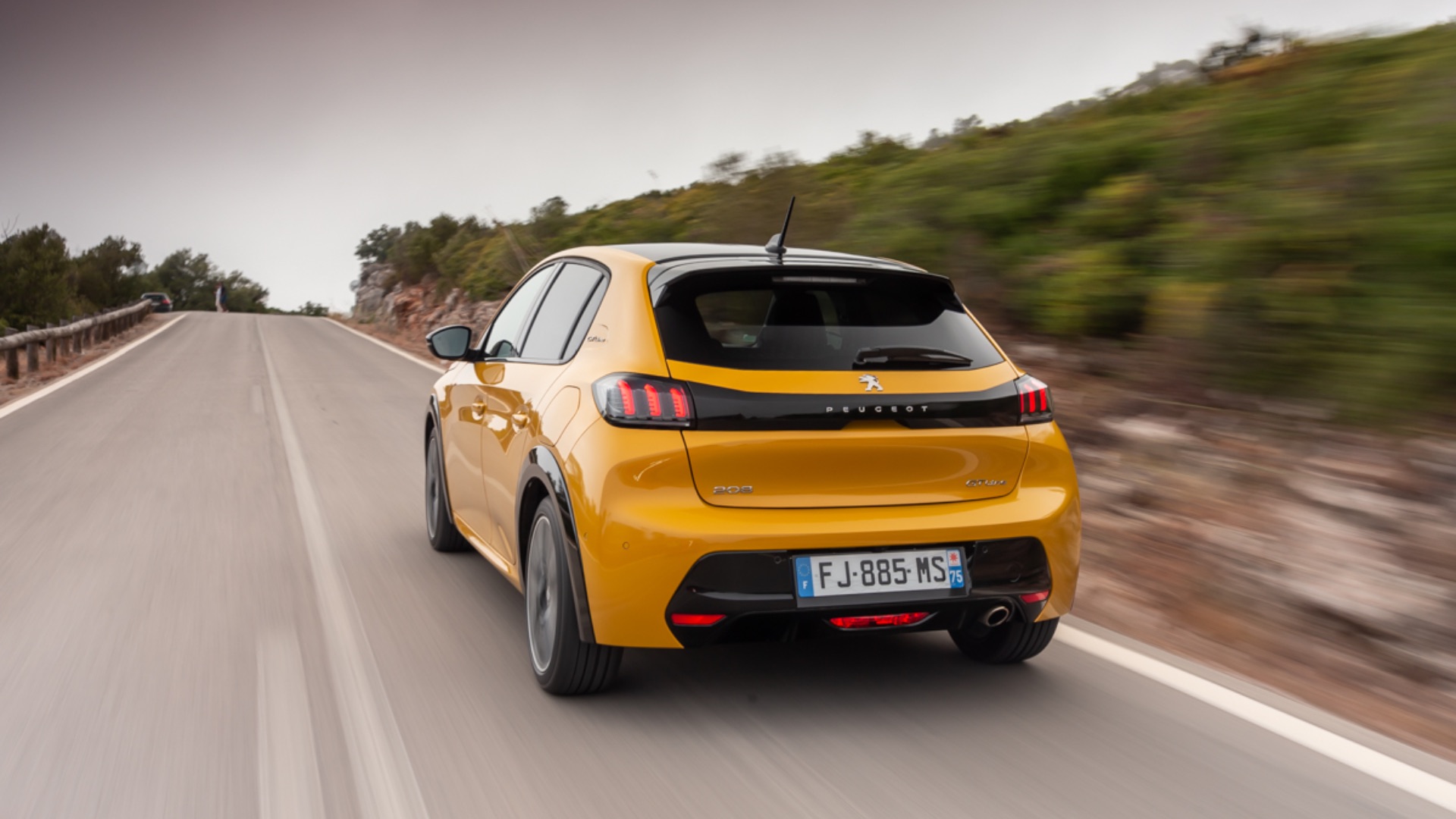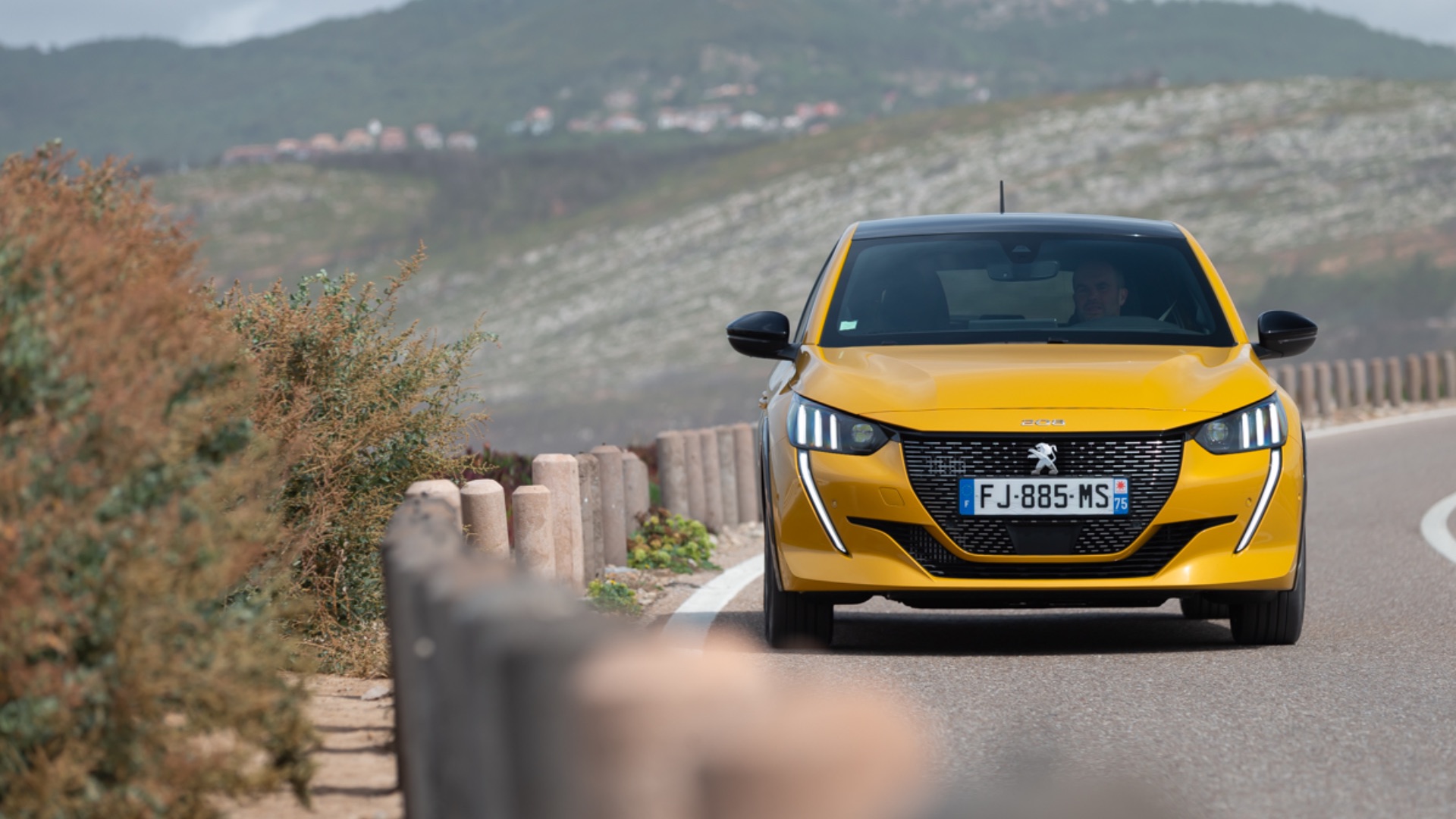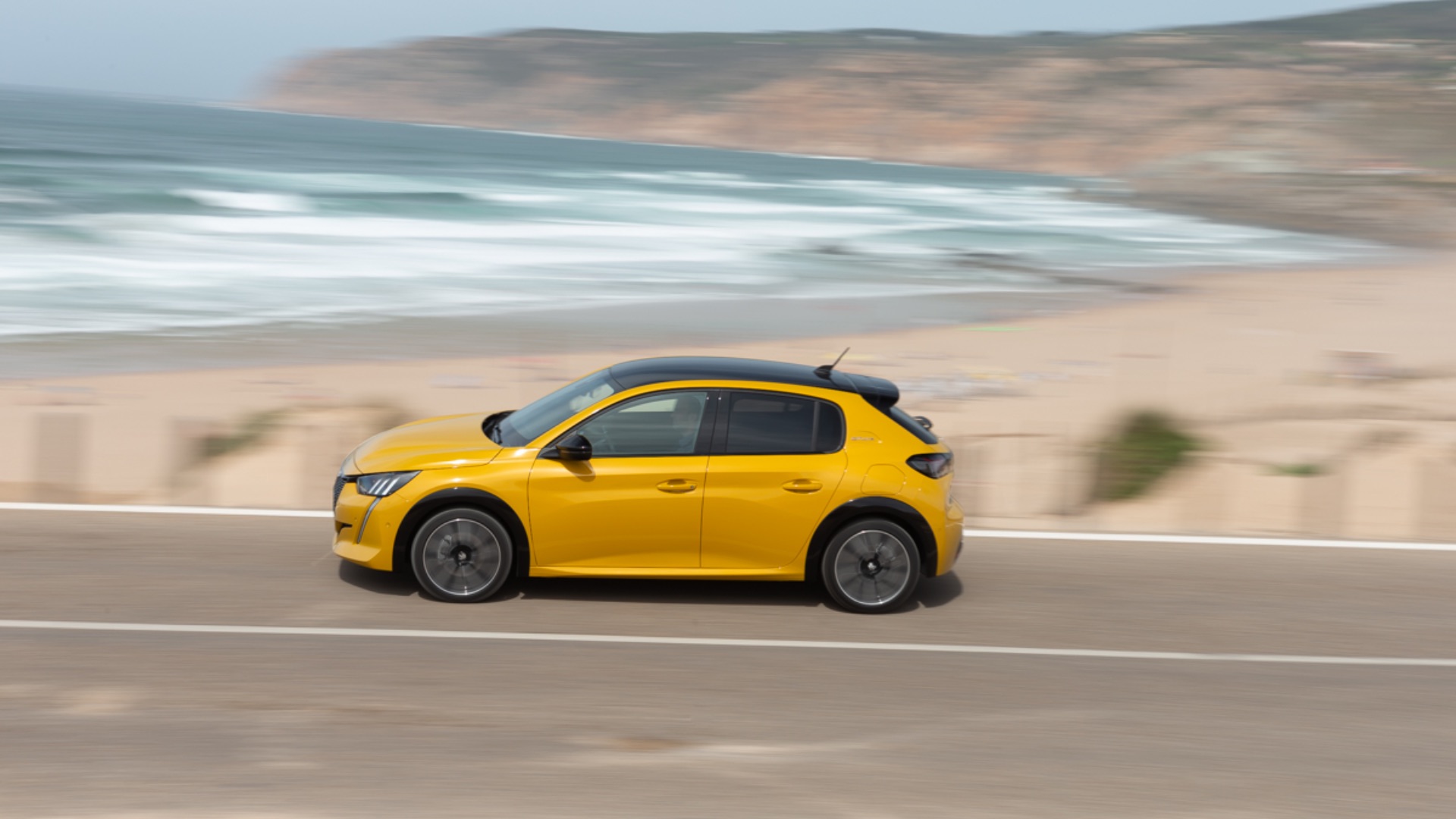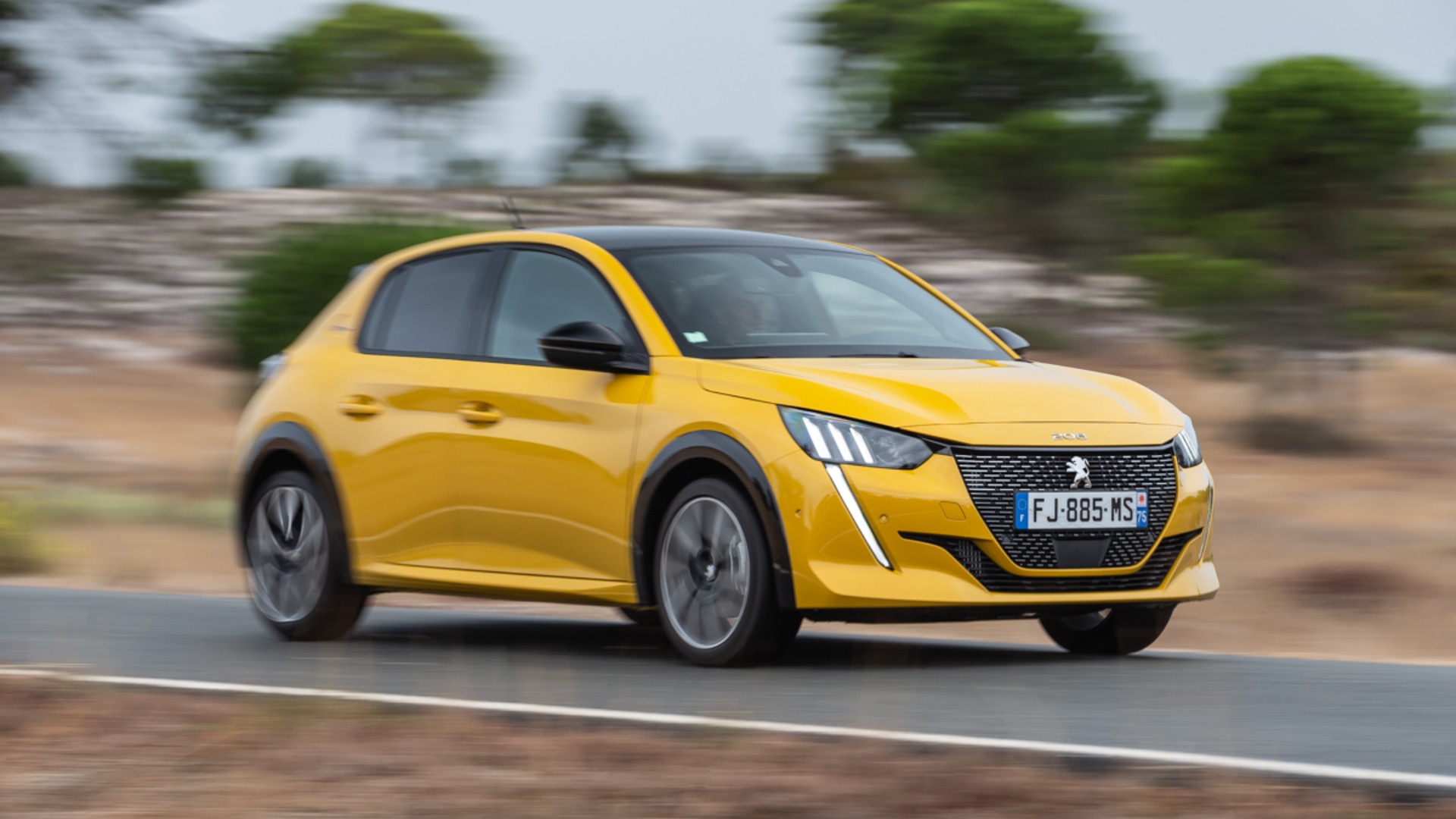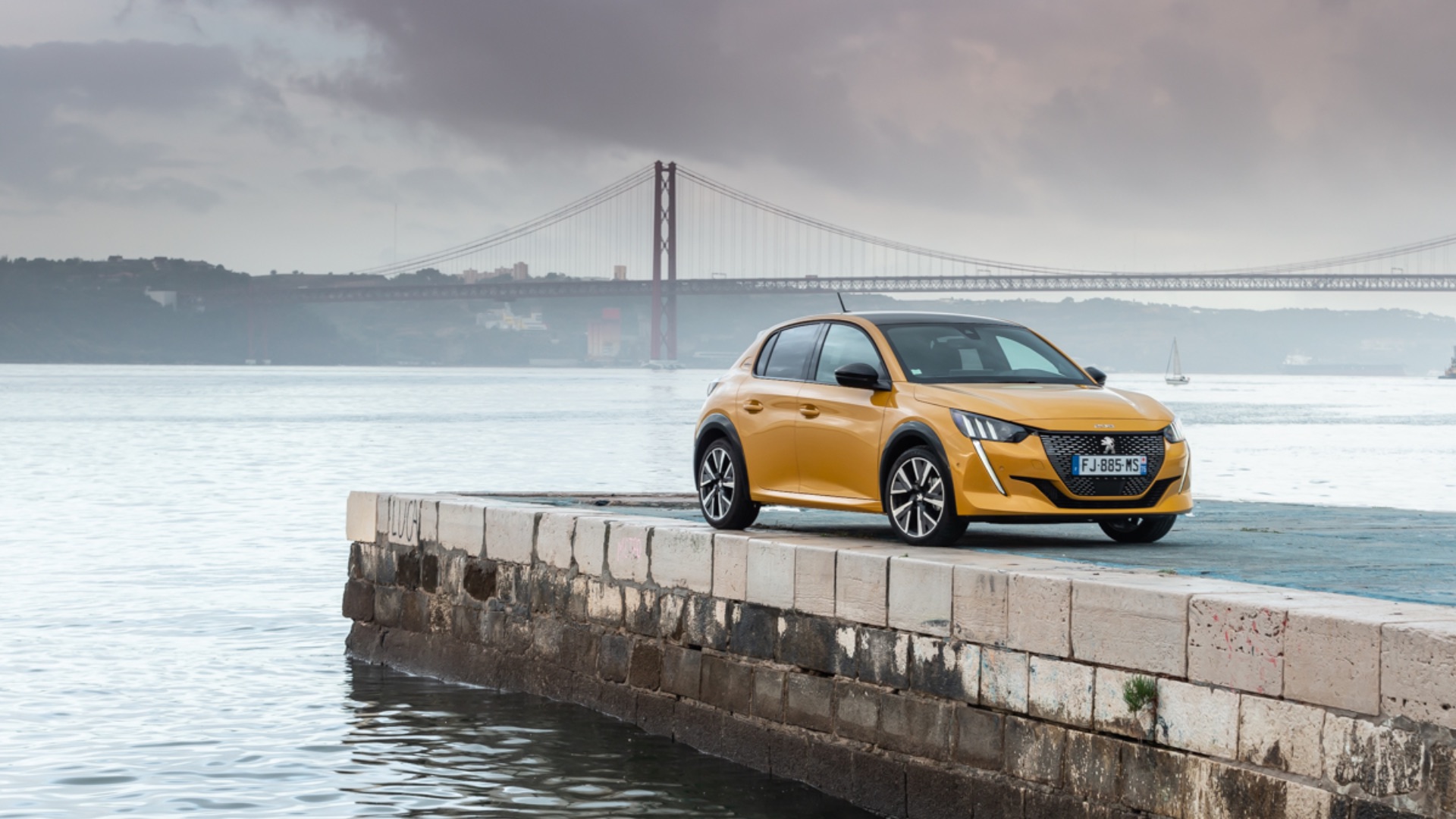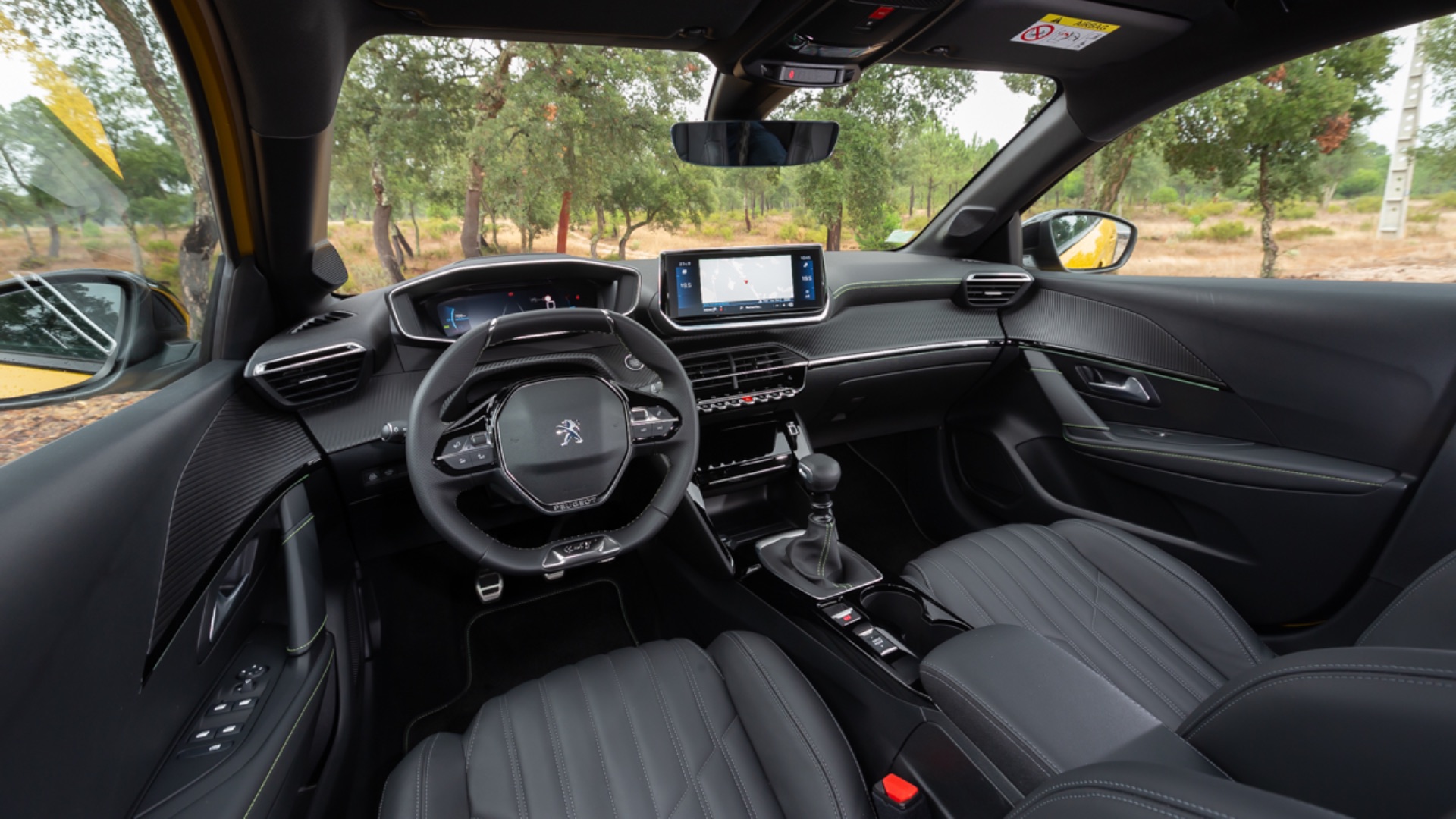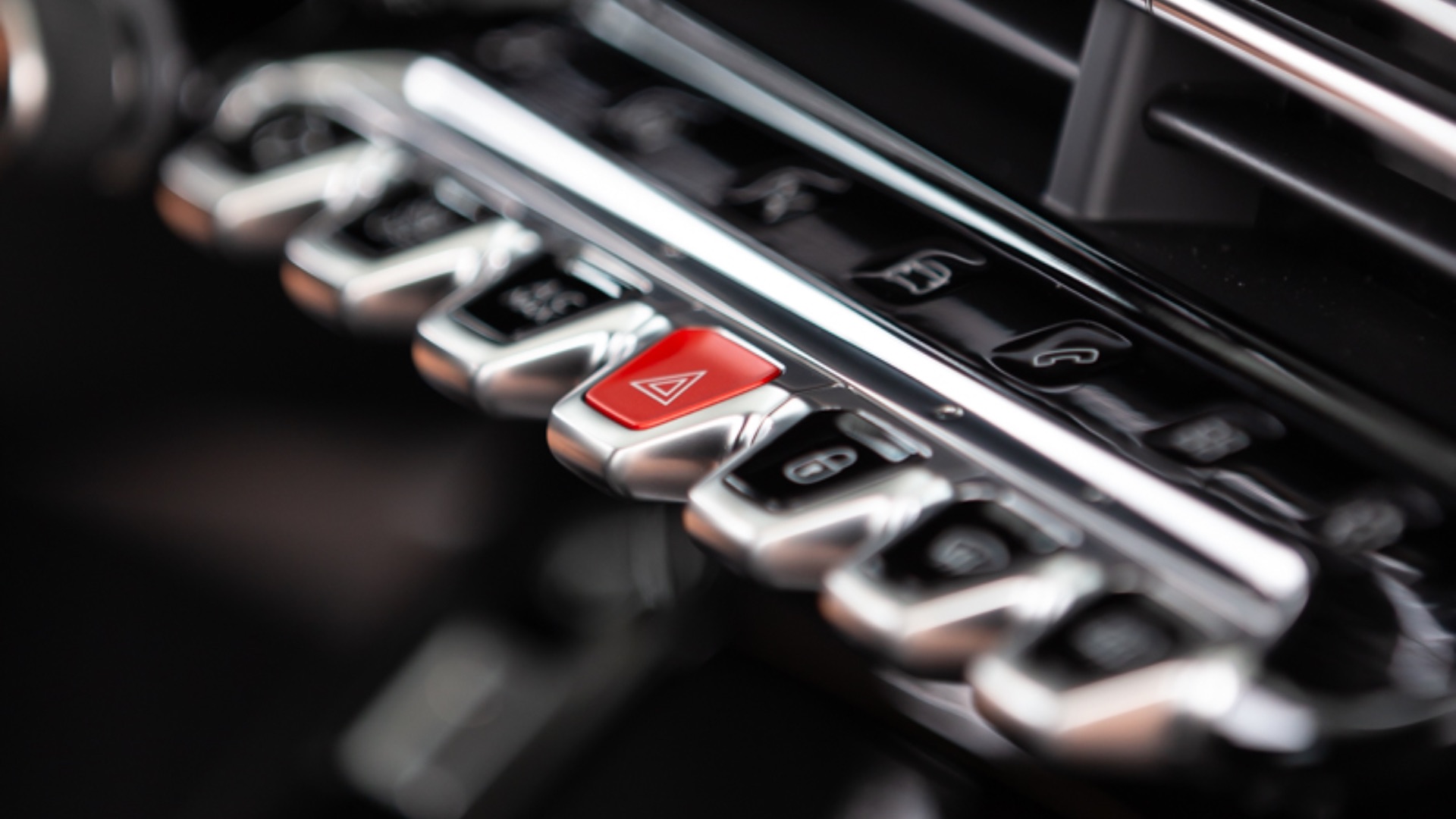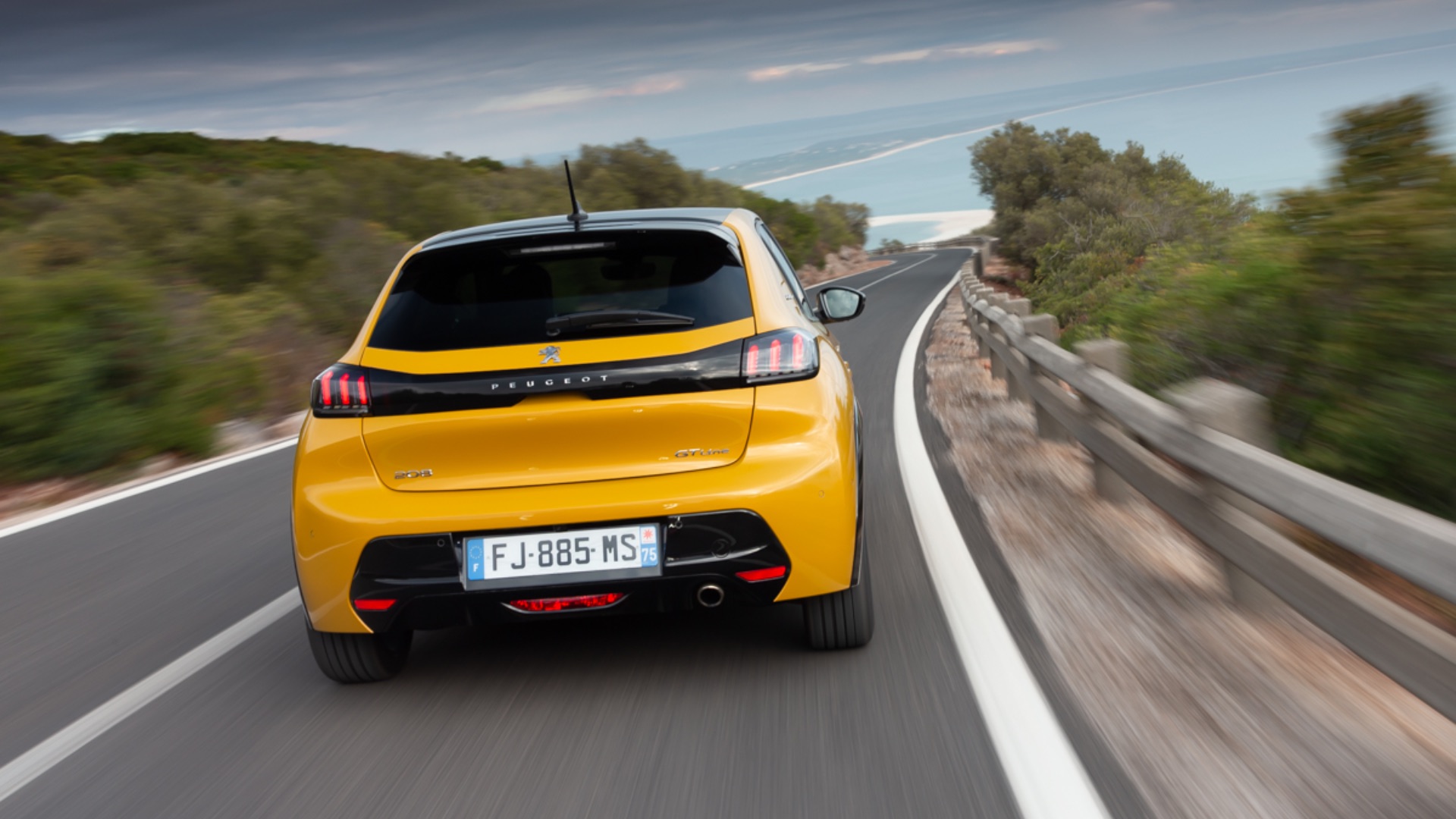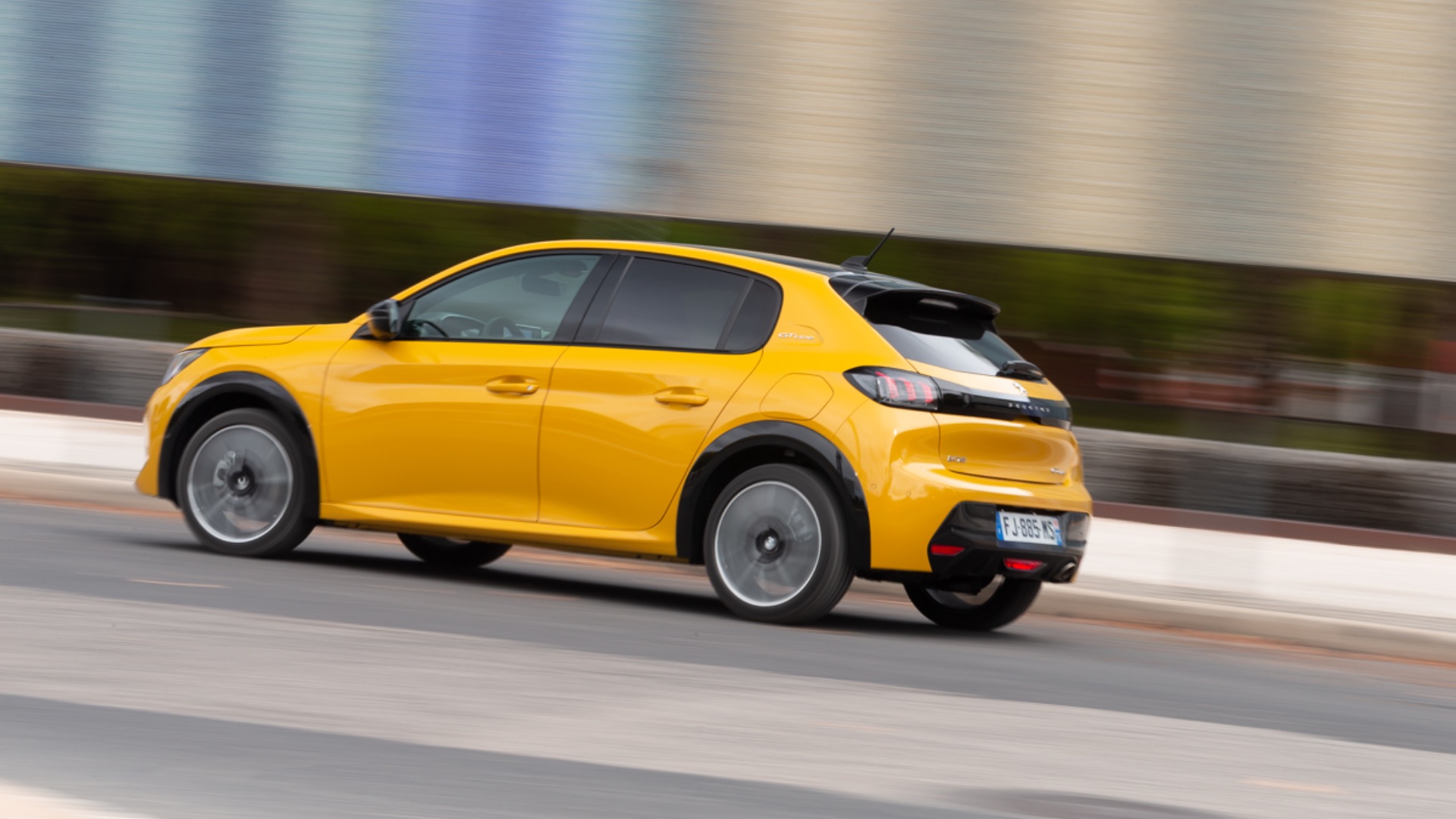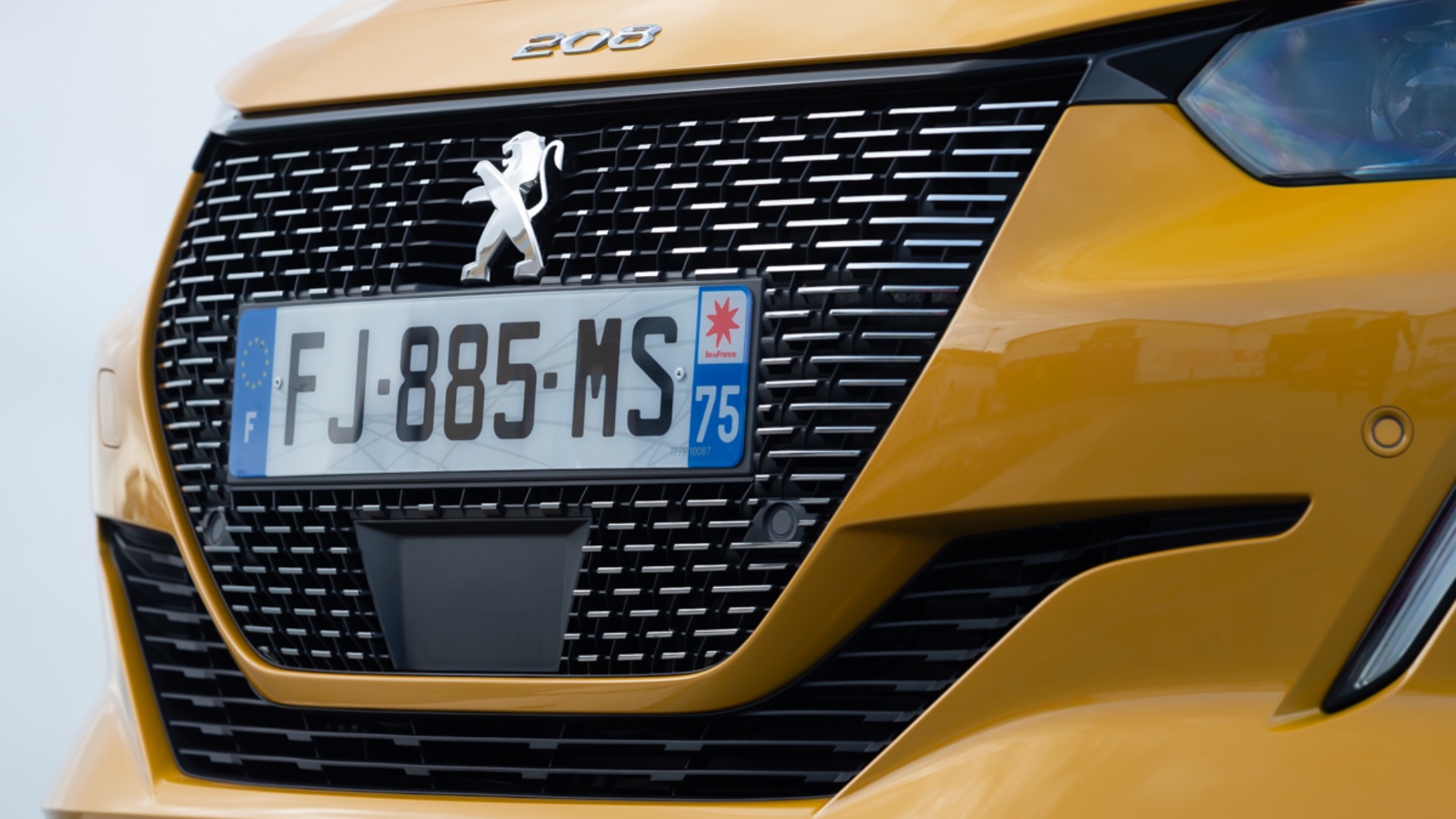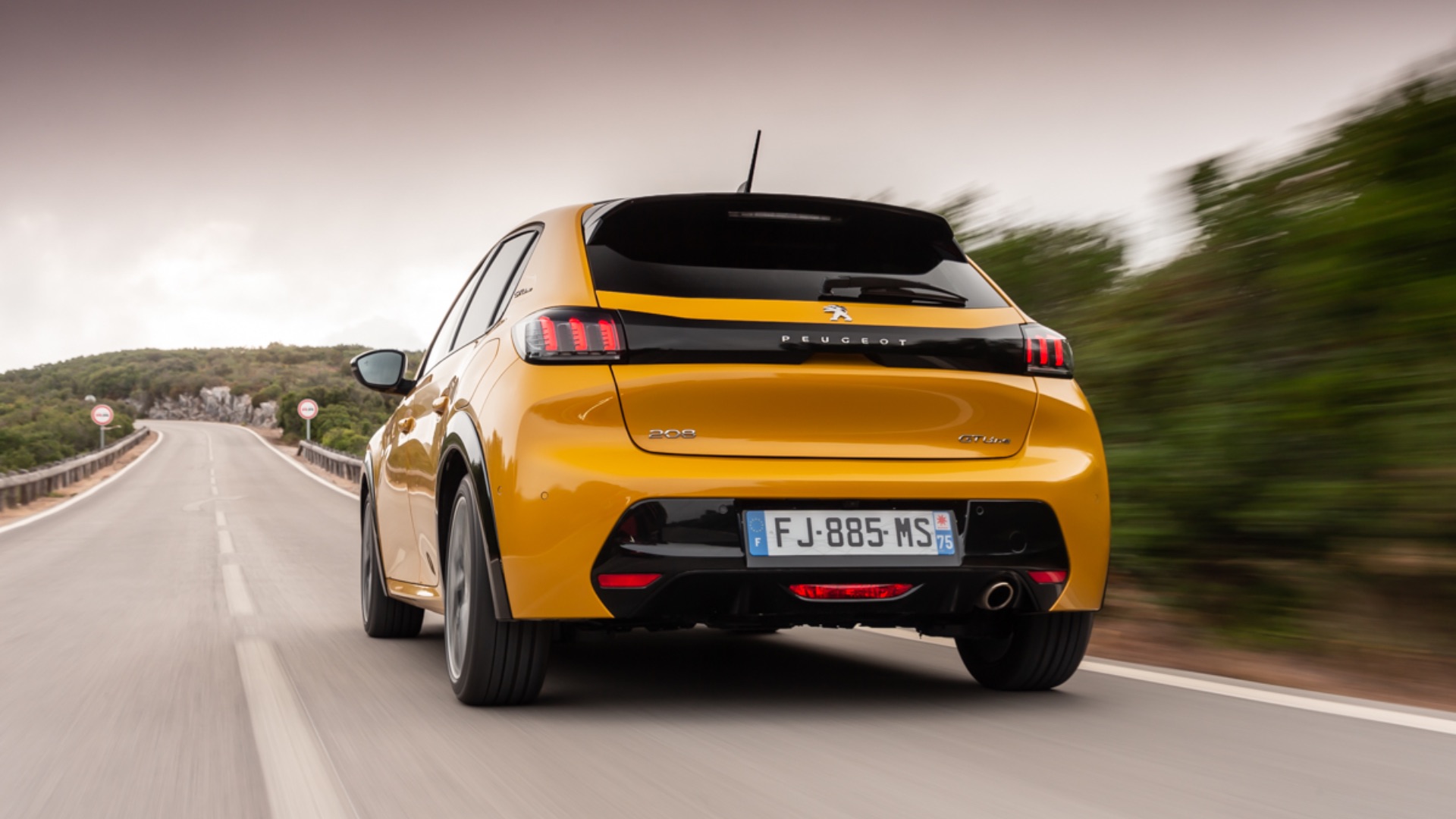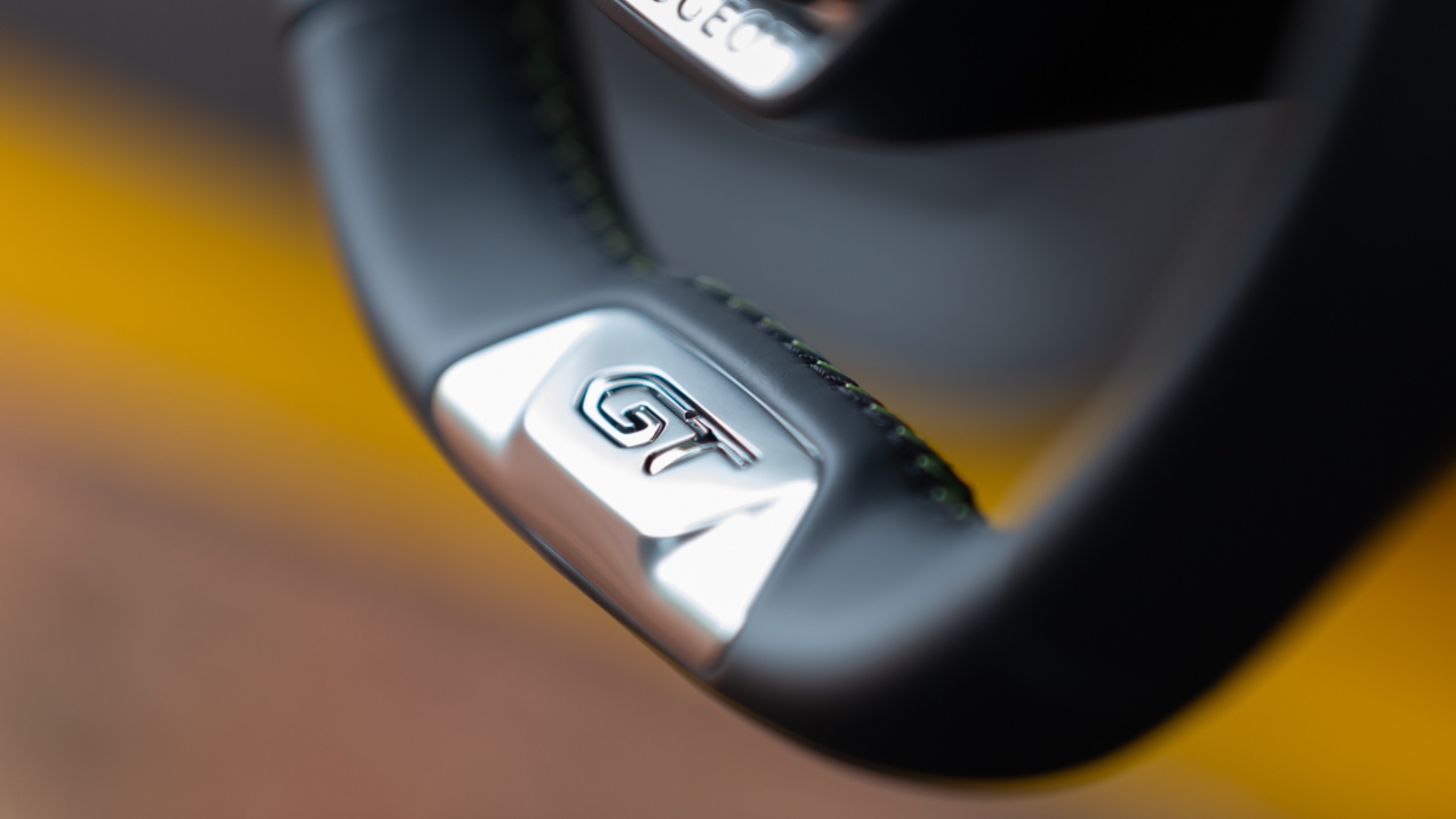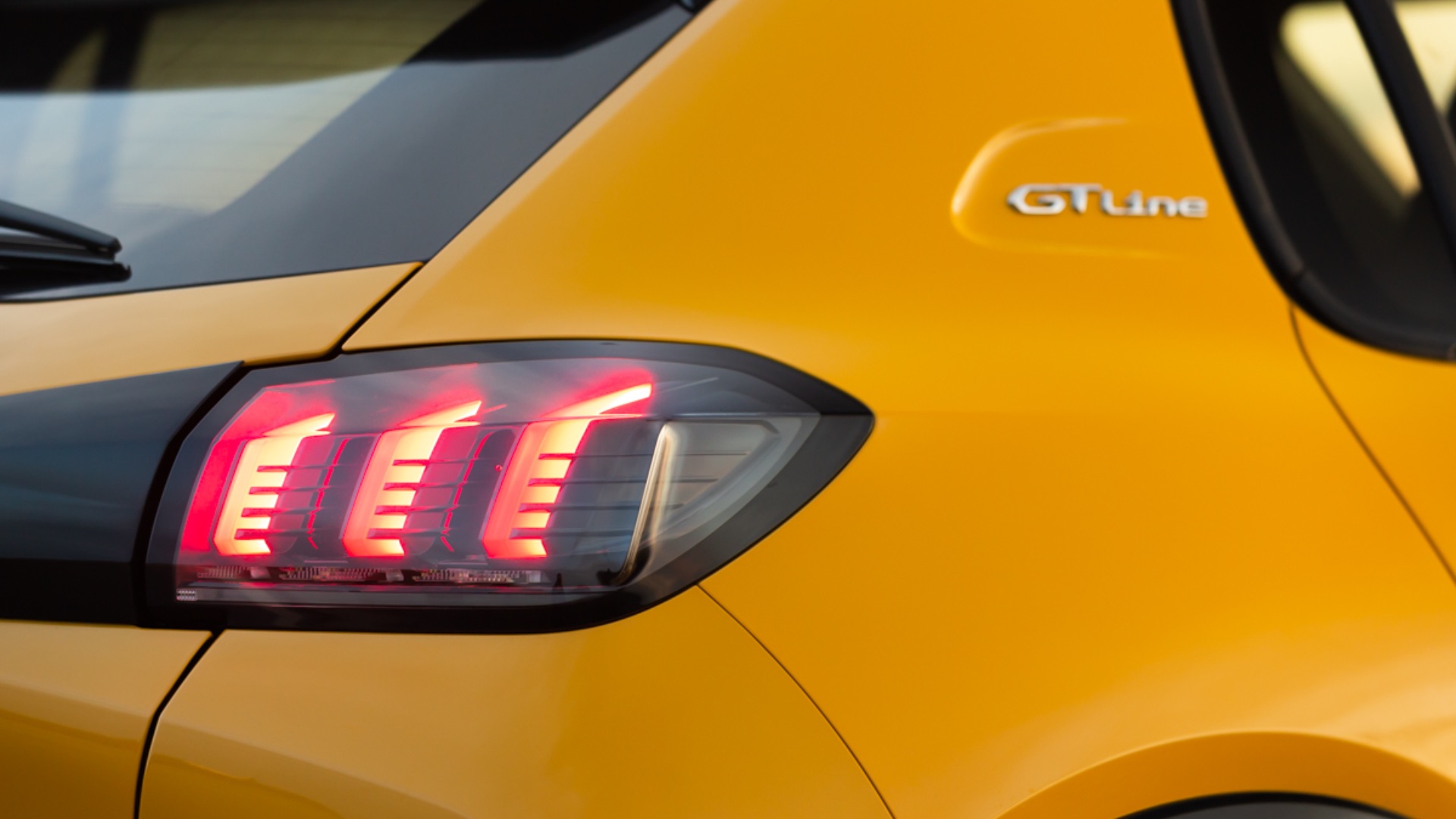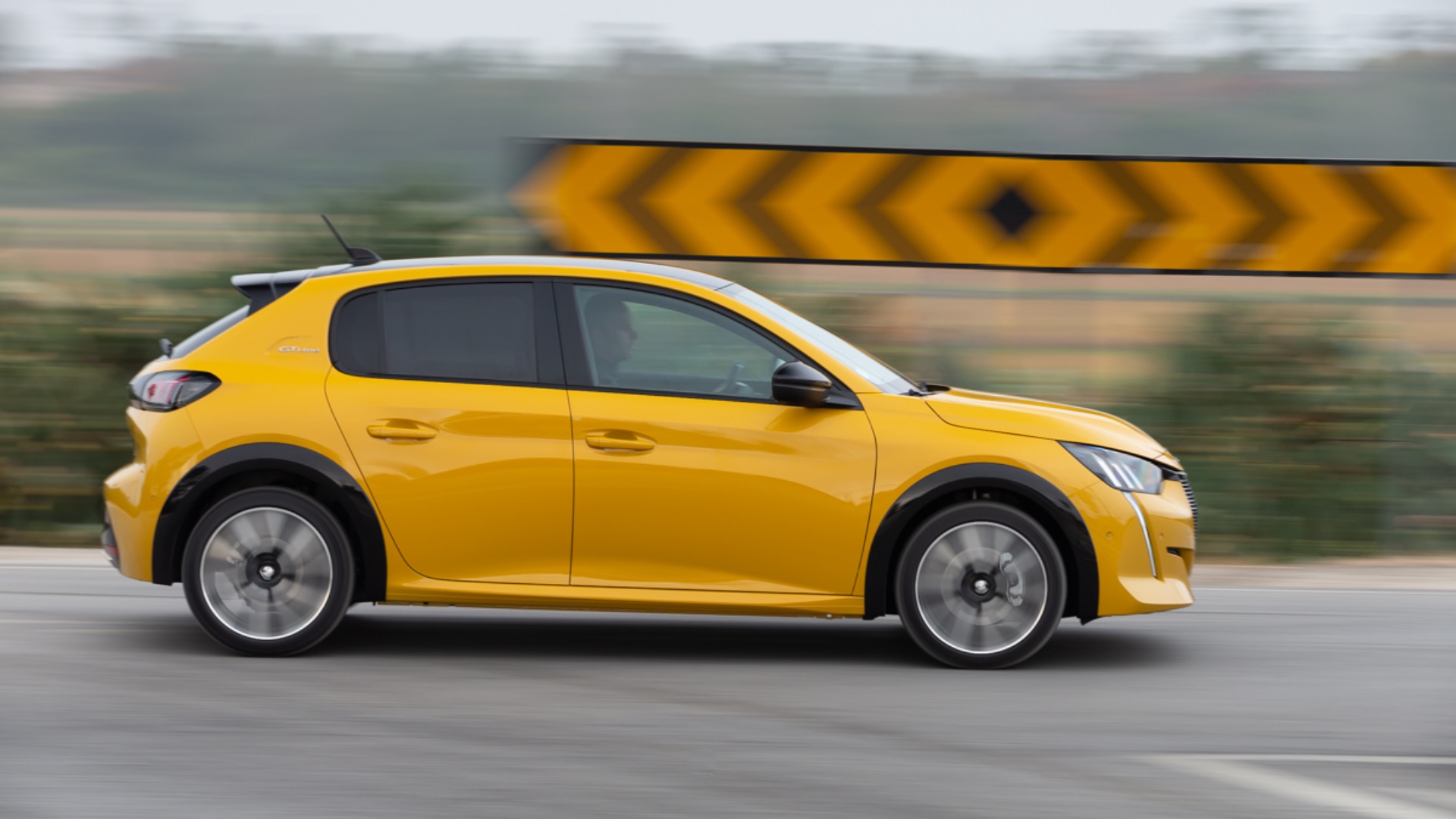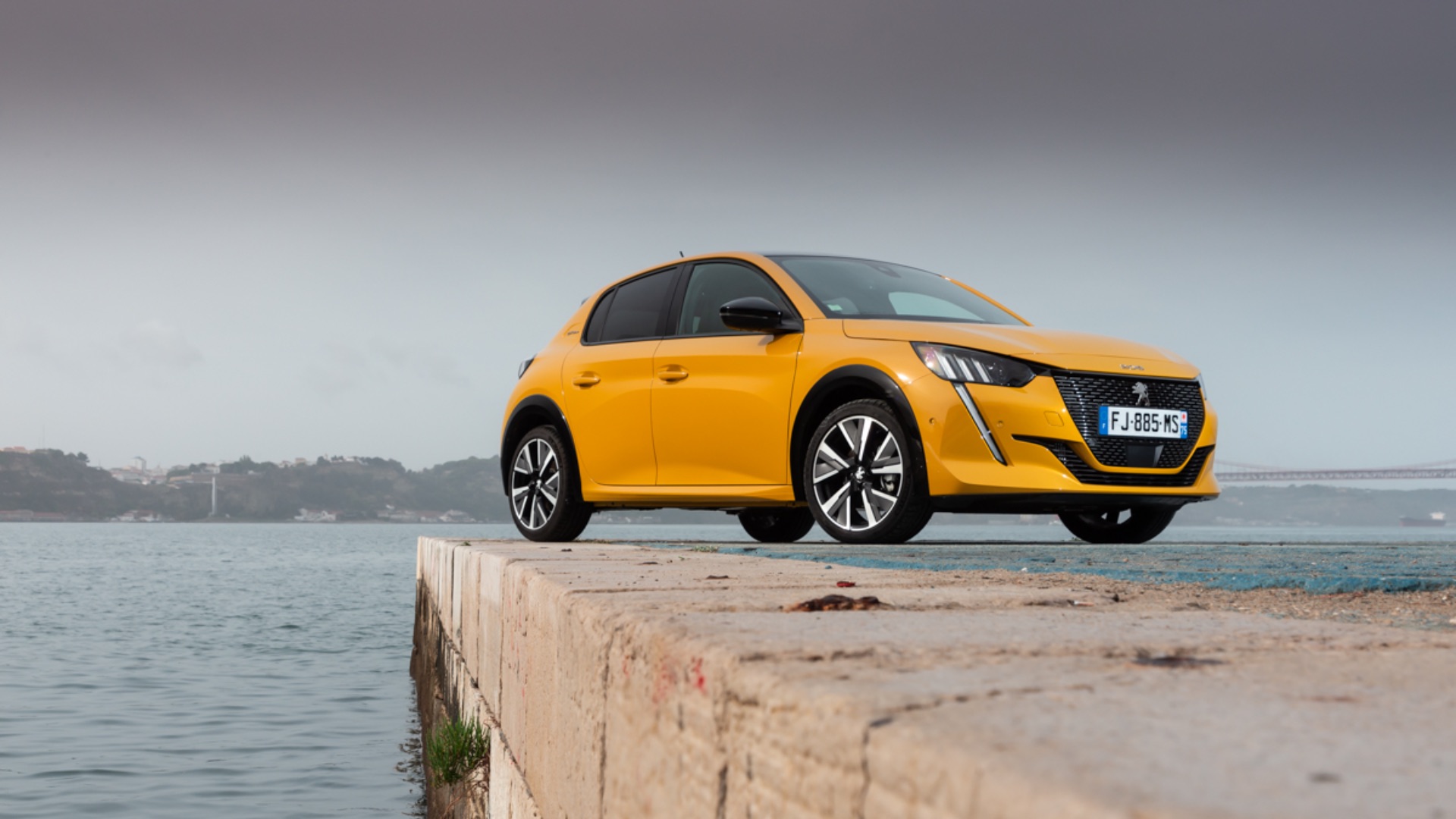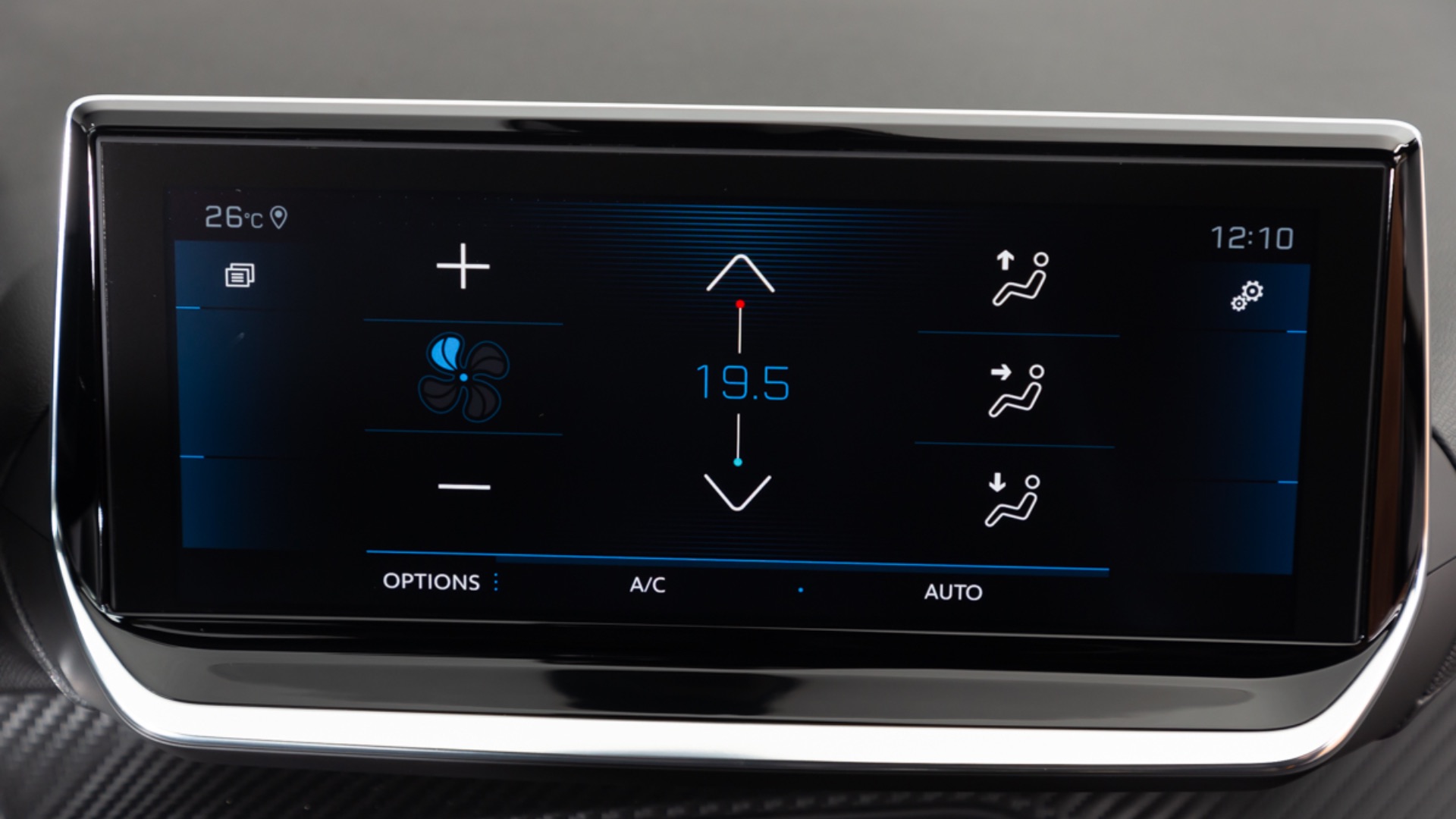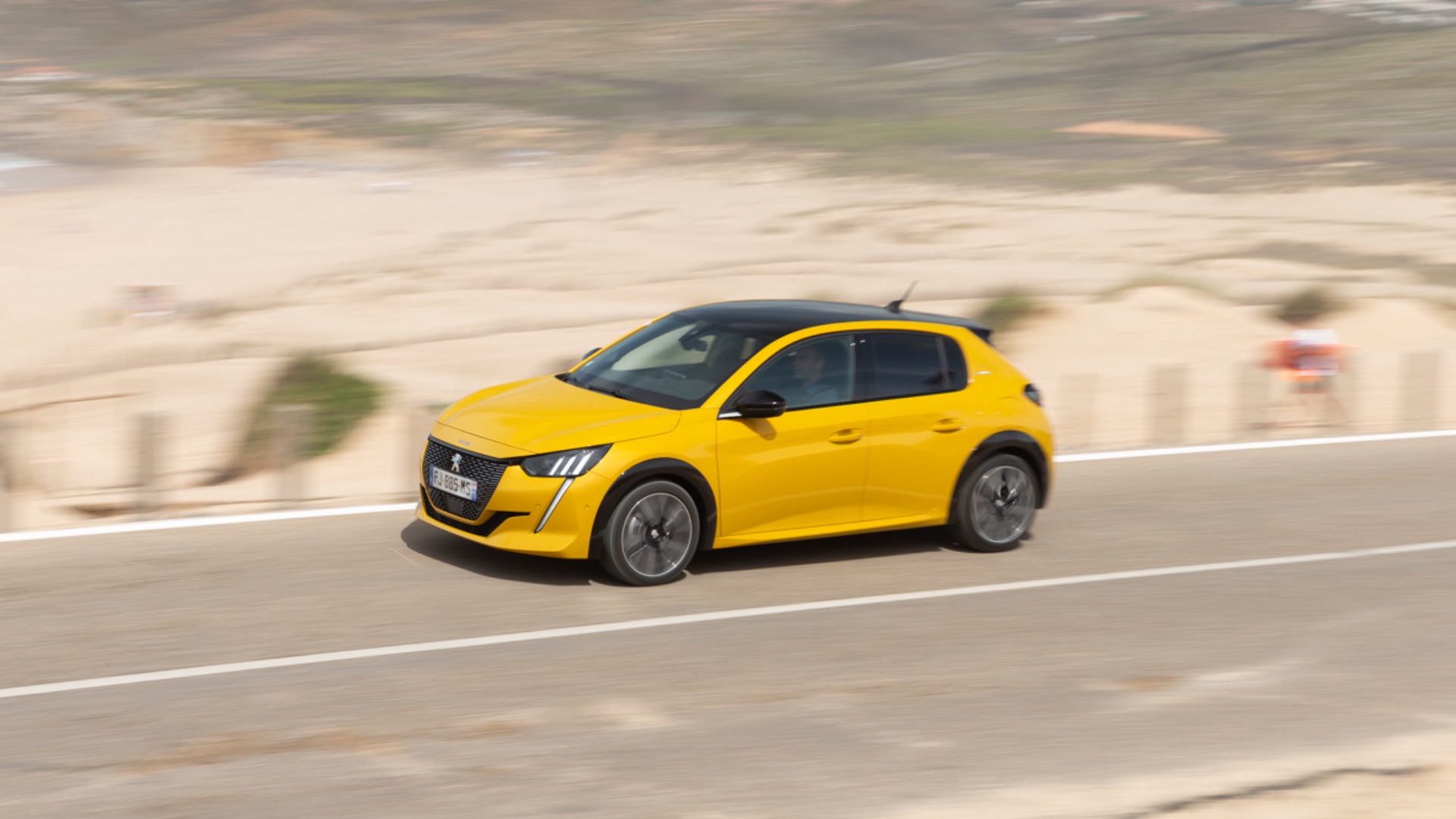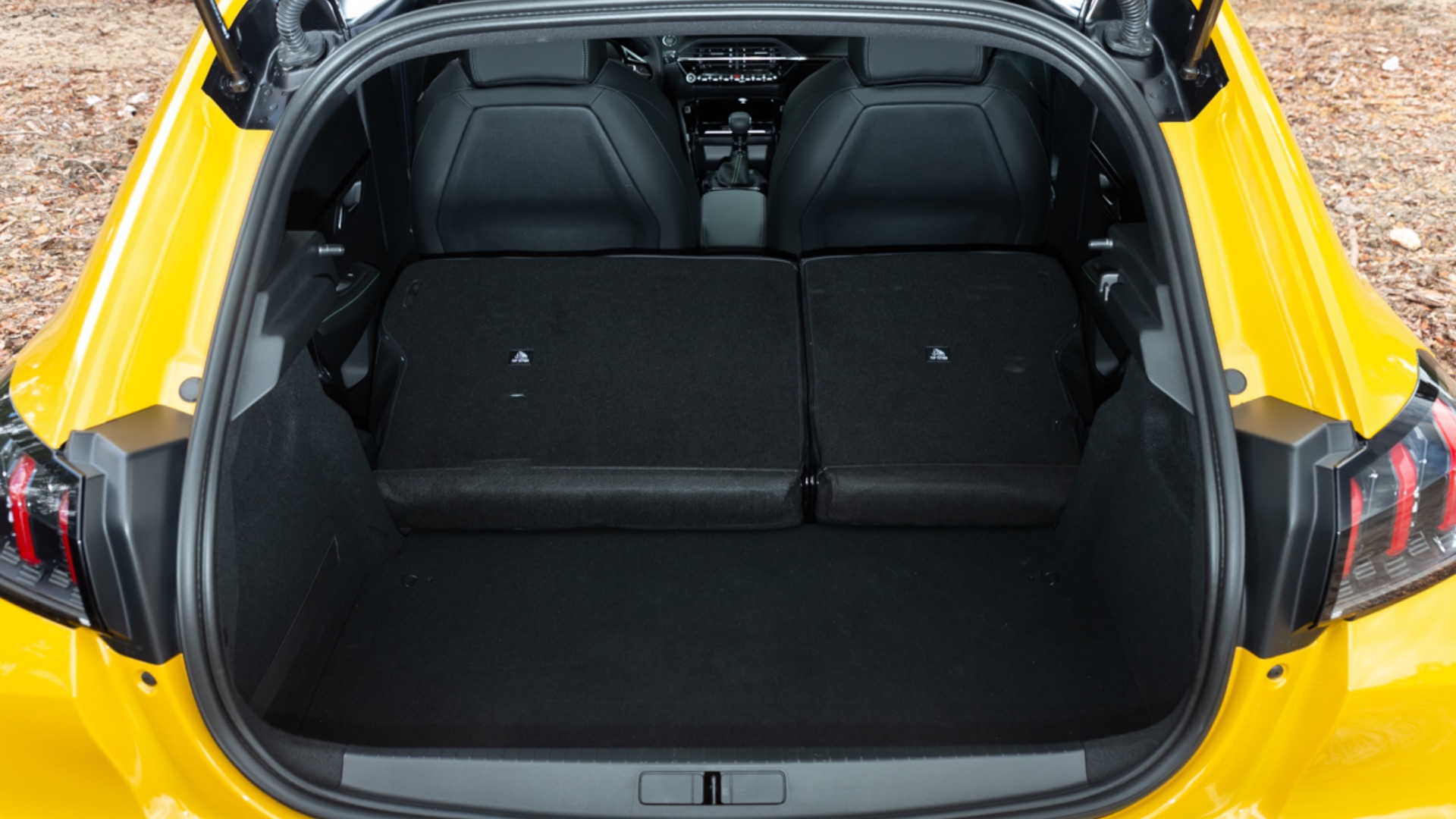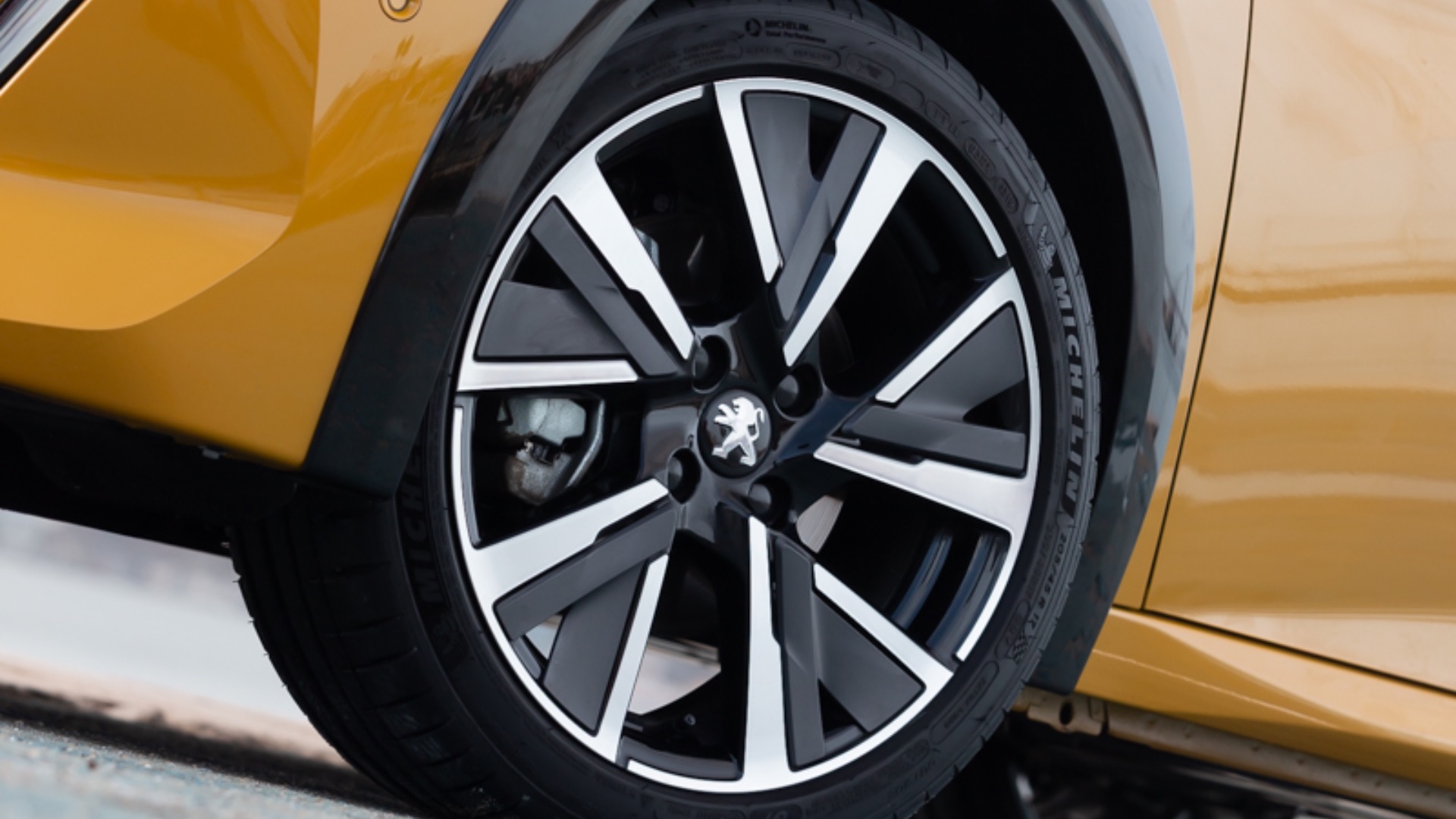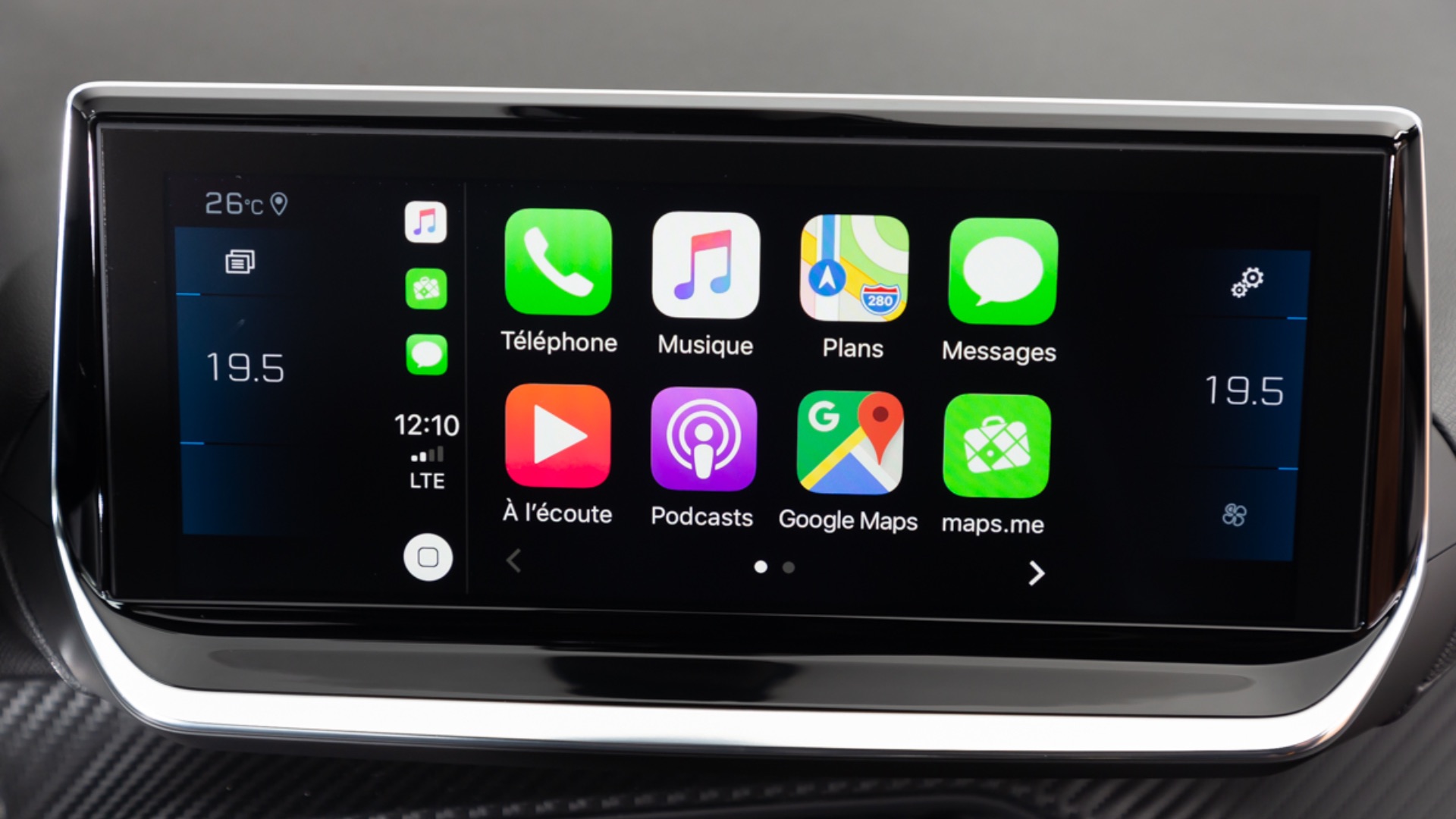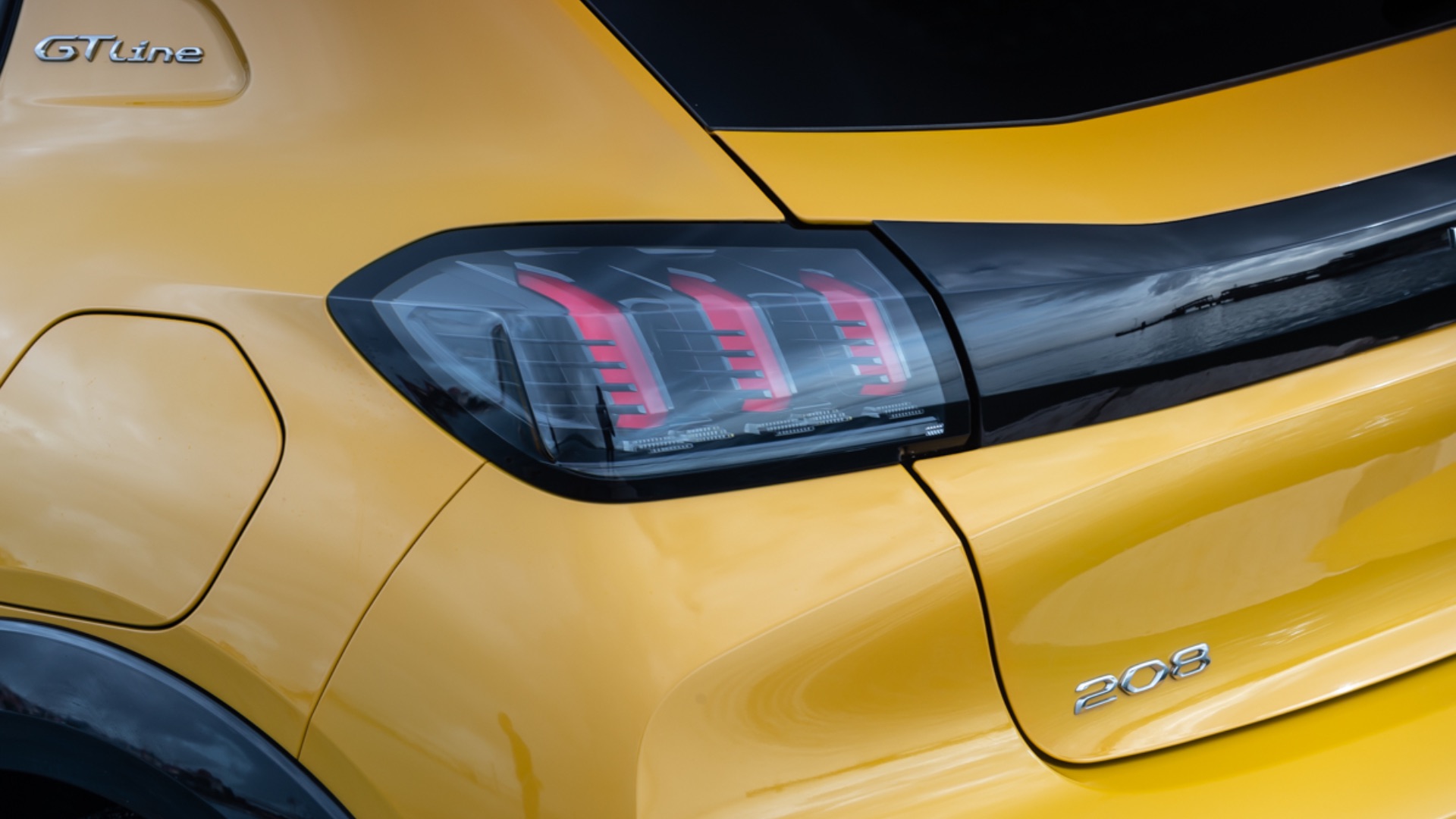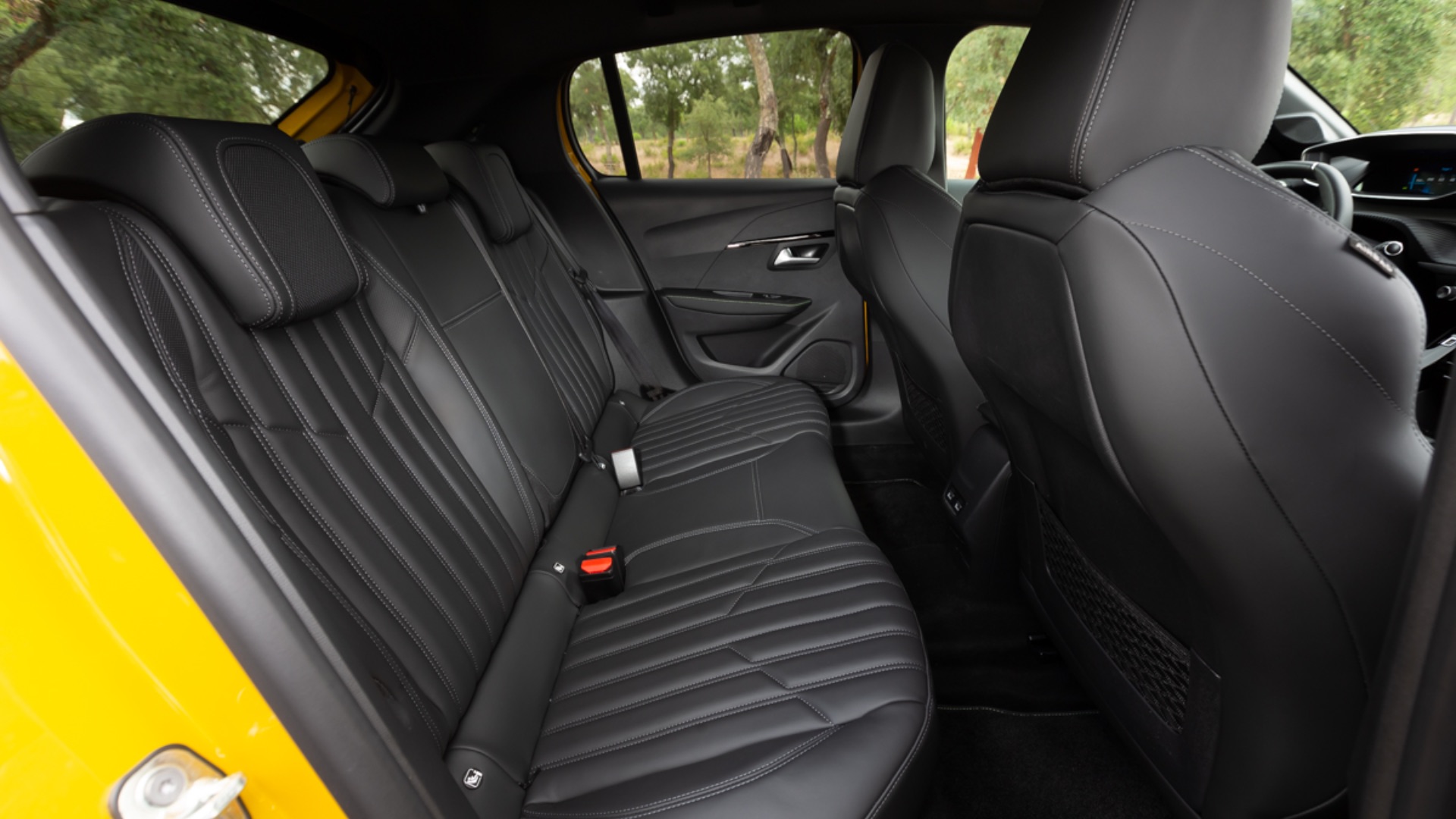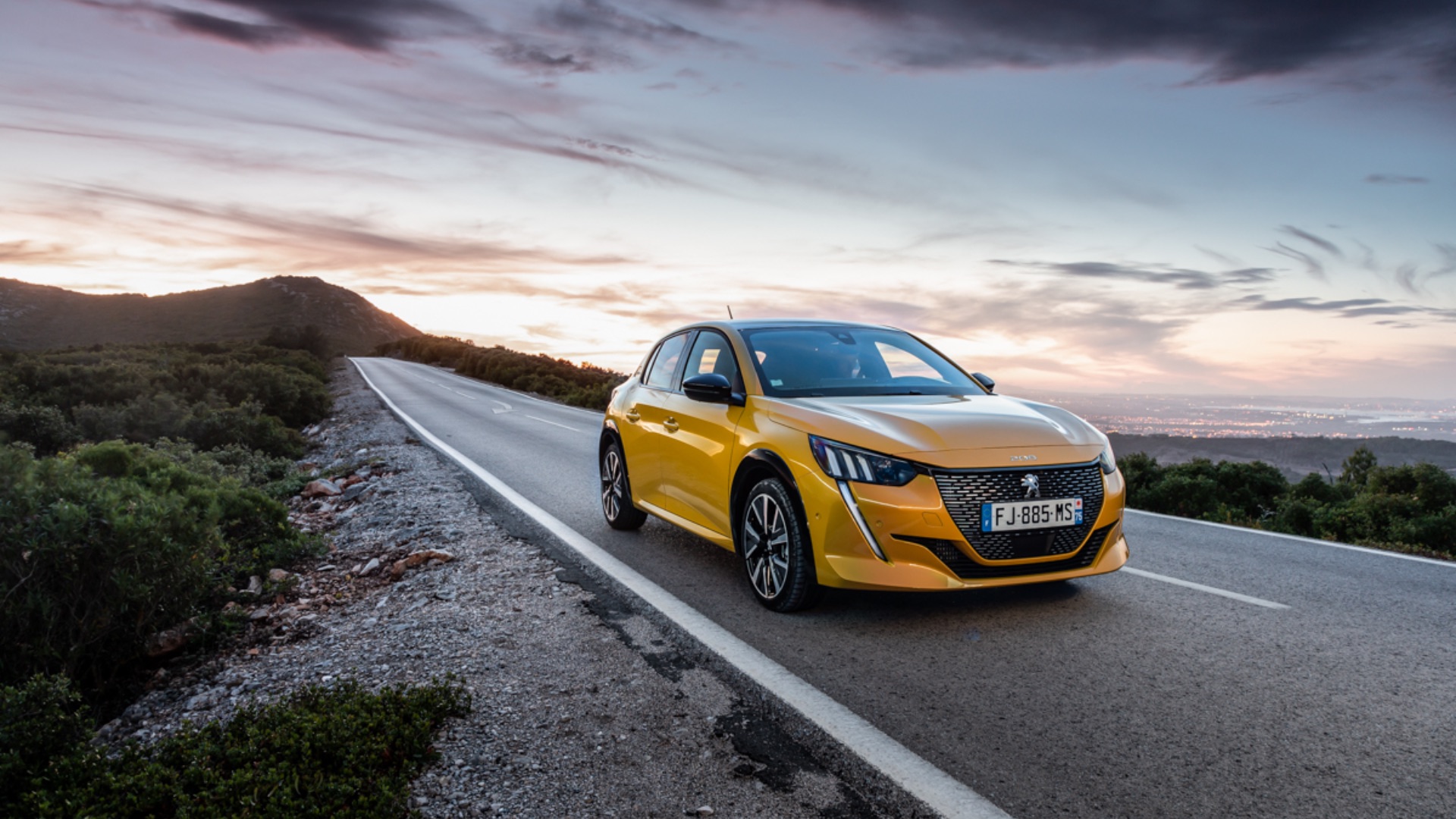
‘Unboring the future’. Every time I see Peugeot’s new ad tagline, it sets my teeth on edge. The marketing whizzkid responsible should be frog-marched from the office and tried for crimes against grammar. Still, the new 208 does look avant-garde and, well, unboring. To my eyes, it’s the prettiest supermini on sale. It’s also future-proofed with a fully electric version, expected to take 20 percent of UK sales.
Peugeot has been on a roll recently. The 3008 is the default small SUV and the 508 is a credible rival for the BMW 3 Series. As its bestseller and most iconic model, the 208 should reaffirm that renaissance. “This car represents the best of the brand,” says CEO Carlos Tavares. The stakes are high.
Strong hints of 205 in the Peugeot 208’s rear pillar.
This car is sporty GT Line spec, which means gloss black wheelarches and window surrounds.
Elixir Red is one of three new colours – the others are Faro Yellow and Vertigo Blue. pic.twitter.com/0MGUt2a5kH
— Tim Pitt (@timpitt100) October 8, 2019
Sitting within what carmakers call the B-segment, the 208 takes on household names such as the Ford Fiesta, Renault Clio and Volkswagen Polo. Prices start at £16,250, or £229 a month over two years with a £700 deposit. The electric e-208 is much pricier, at £25,050 after the £3,500 government plug-in car grant is deducted, or £289 a month with £5,450 upfront.

Peugeot wants customers to pick a powertrain in the same way they’d choose a trim level. For the former, those options are petrol, diesel or electric. A performance-oriented plug-in hybrid – which could wear the fabled GTI badge – is mooted, although Tavares remained tight-lipped. Here’s hoping.
The 1.2-litre three-cylinder PureTech petrol engine is available in three outputs: 75, 100 or 130hp. The 75hp unit comes with a five-speed manual gearbox, the 100hp offers a six-speed manual or eight-speed auto, and the 130hp version is auto-only. Conversely, the 100hp 1.5 diesel only comes with the six-speed stick-shift. The electric version doesn’t have a conventional gearbox and is fully automatic.
All engines are offered in Active, Allure and GT-Line grades, plus there’s a fully-loaded GT spec for the e-208. Standard kit on Active includes air conditioning, Apple CarPlay and Android Auto, rear parking sensors and 16-inch alloys. Allure adds 17-inch wheels, LED rear lights and a 3D version of Peugeot’s i-Cockpit display (more on that shortly). GT-Line gets sportier styling, including wheelarch extensions and ‘lion’s claw’ headlights, while GT comes with driver aids such as active cruise control and lane-keep assist.
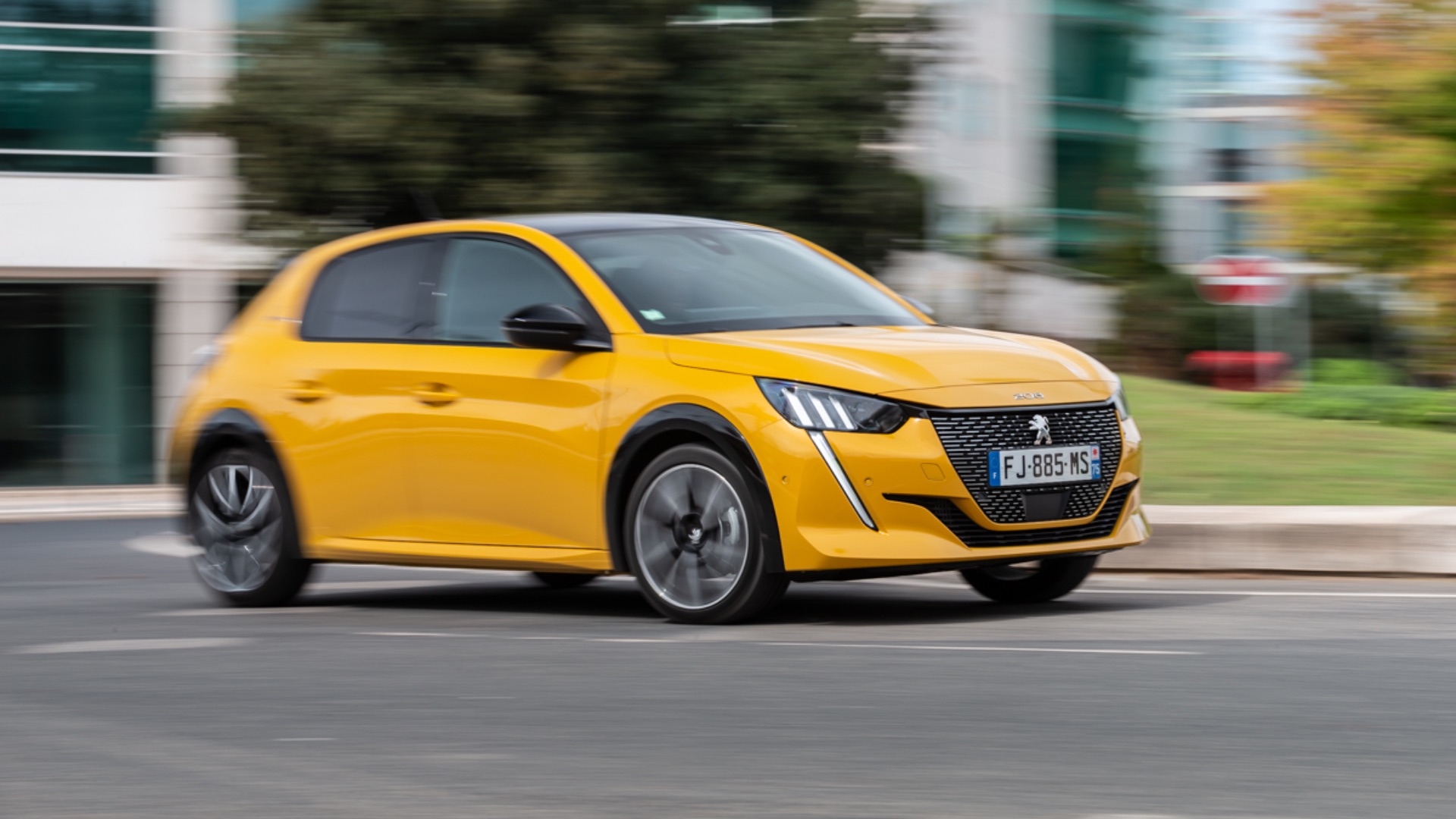
I begin with the 130hp petrol GT-Line. In Faro Yellow (a no-cost option, seen here) it looks fantastic: shrink-wrapped and squat of stance. Its snub nose is framed by sabre-toothed running lights, the squared-off C-pillar is a nod to the classic 205 and the gloss-black details are pleasingly premium. Underneath, you’ll find the same CMP platform as the DS 3 Crossback and forthcoming Vauxhall Corsa, but the three could scarcely look more different.
The 208’s cabin is like nothing else in this class, too. For the uninitiated, Peugeot’s i-Cockpit has an unusually small steering wheel, the idea being that you read the dials (or digital display – depending on spec) over the wheel rather than through it. Taller drivers seem to struggle, complaining of squashed knees, but my 5ft 7in frame was amply accommodated. A case of try before you buy.
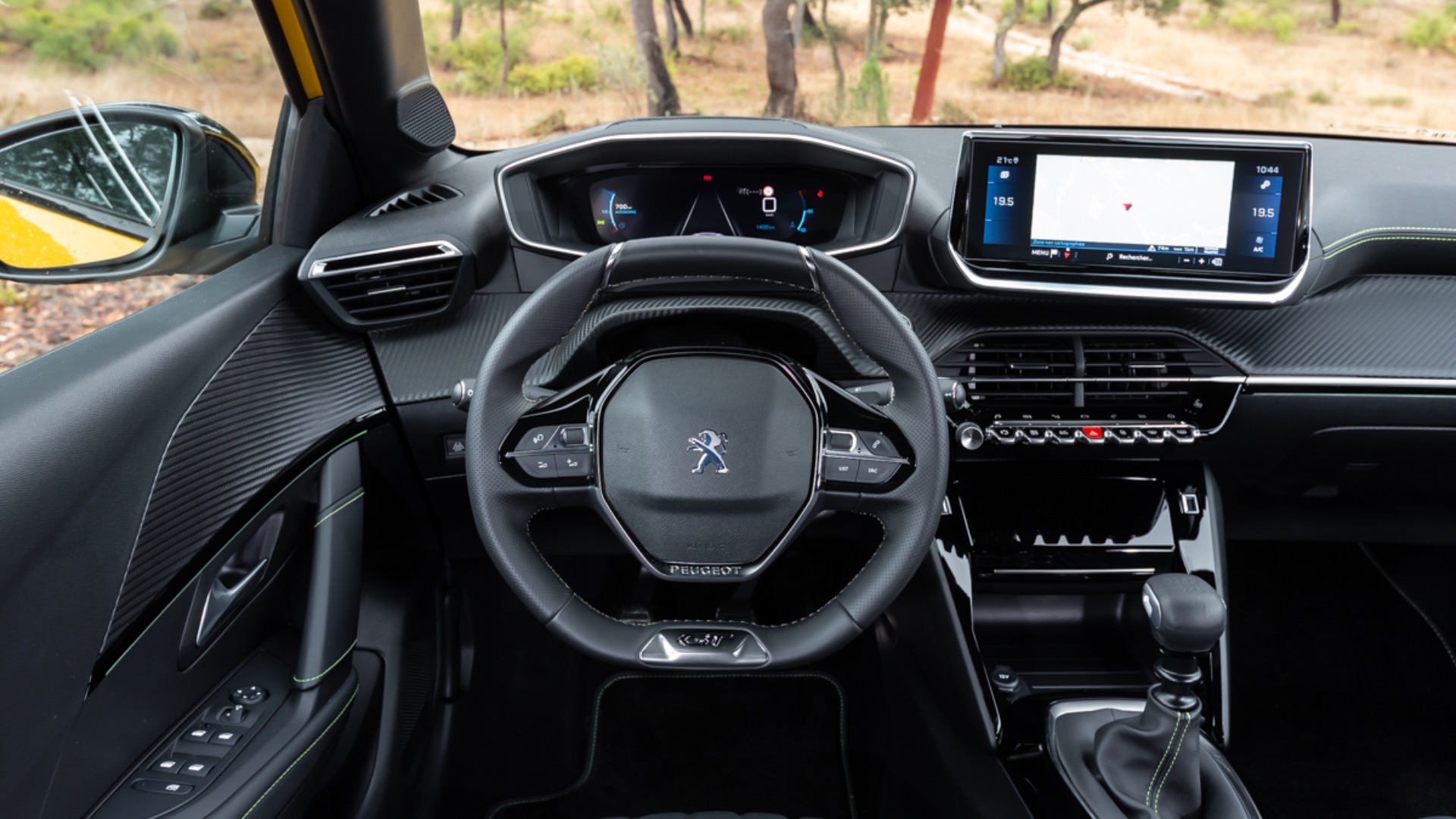
New for the 208 is a 3D-effect driver display, which shifts important info to the foreground and looks vaguely like a hologram. Peugeot says it can improve reaction times by 0.5 seconds at motorway speeds. It certainly ticks the ‘futuristic’ box. Elsewhere, chunky toggle switches and contrast stitching add some va-va-voom (sorry, wrong brand) and quality feels close to Volkswagen levels. Shame the fiddly touchscreen makes certain tasks, such as adjusting cabin temperature, a two-stage process.
The e-208 has its electric motor beneath the bonnet and batteries under the back seat (where the fuel tank would be), so interior and boot space are the same regardless of powertrain. Headroom is fine in the front, but rather limited for those behind, particularly if you specify a sunroof. All 208s have five doors for easy access, though, and two rear USB ports should keep children entertained on long journeys.
So far, so good, but the 208 driving experience is more mixed. I’m a fan of the peppy 130hp engine and the EAT8 auto ’box is responsive and smooth. With just 1,165kg to propel, it does a convincing impression of a warm hatch (indeed, 0-62mph in 8.7 seconds matches the original 205 1.6 GTI). However, while that Playstation-sized wheel delivers darty changes of direction, it’s over-assisted and short on feedback. Unlike in a Ford Fiesta, you never feel fully connected to the car.
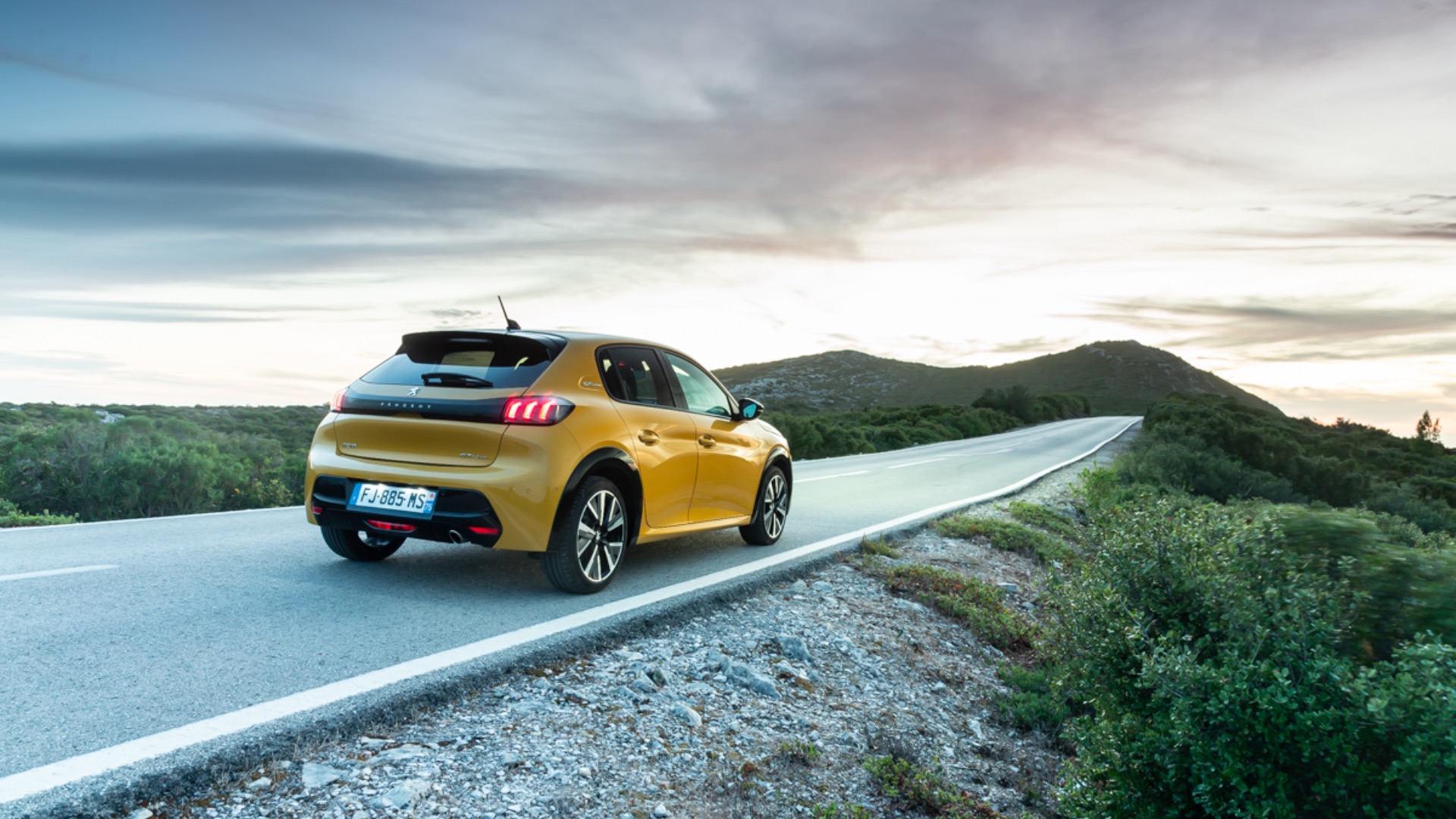
My other gripe concerns the ride, which never really settles down – even in the heavier 1,455kg e-208. Perhaps this is a deliberate ploy by Peugeot to differentiate its cars from softly-sprung Citroens. The 208’s jostling and jiggling wasn’t overly intrusive on smooth Portuguese roads, but could become tiresome in the UK. The pay-off is taut body-control and composed cornering.
After lunch, I swap into the 100hp diesel. Claimed fuel economy is 67.3mpg, versus 50.4-52.3mpg for the 100hp petrol, but the £1,500 extra upfront cost only makes sense for high-mileage drivers. No wonder only five percent of UK 208s will drink from the black pump. If you do choose the diesel, rest assured it’s decently refined and a capable motorway cruiser. The manual gearbox is a bit vague and long-of-throw, though.
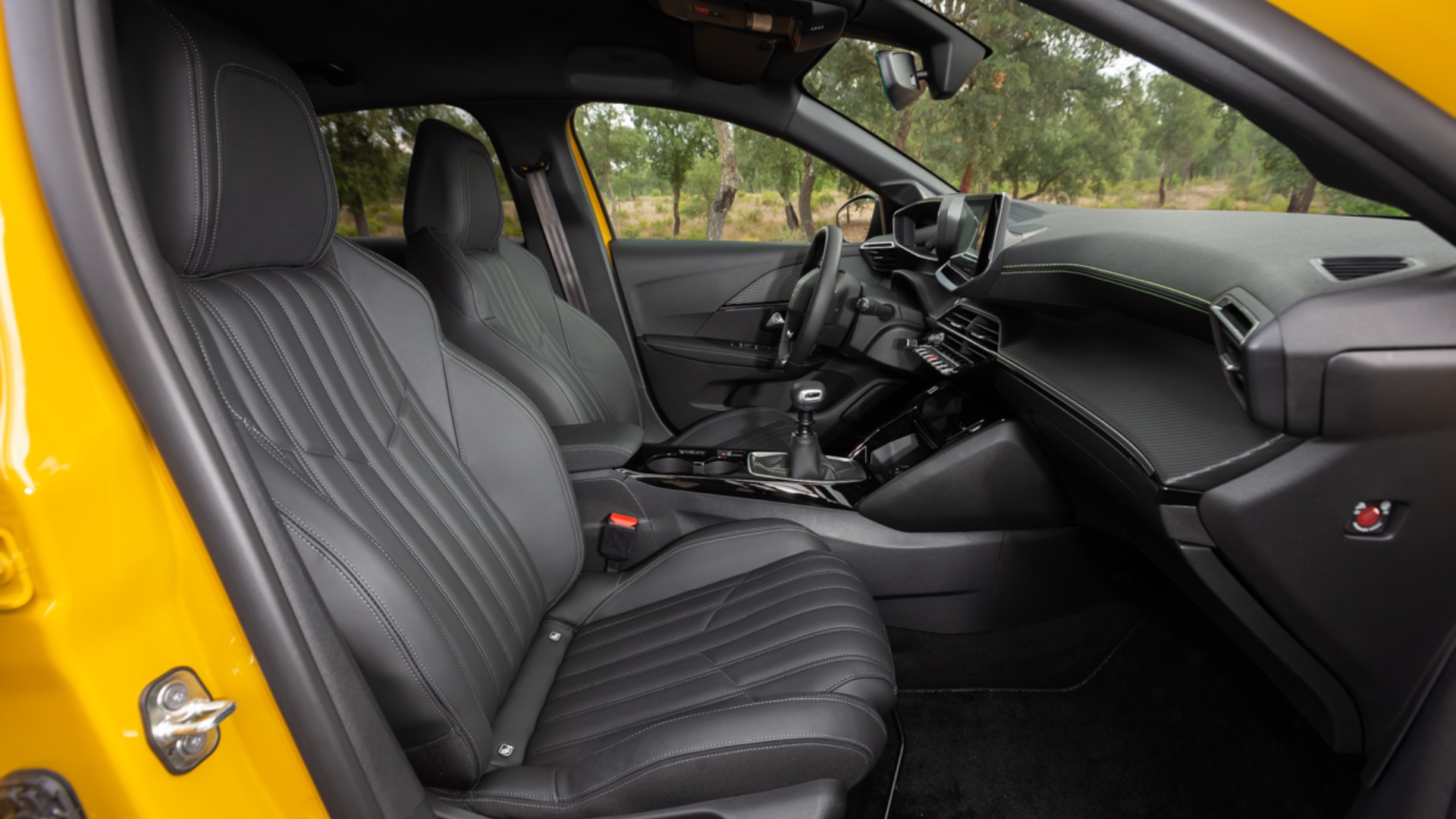
Dinner that evening is spent in the company of Tavares, who is clearly enthused about Peugeot’s EV plans. “Half our cars will be electric or electrified [i.e. plug-in hybrid] by 2020,” he says. So it seems apt that the e-208 awaits the following morning. Apart from a couple of ‘e’ badges, it looks identical to the regular car. “That’s what buyers want,” explains Tavares, although Volkswagen – which recently launched its standalone ID electric sub-brand – clearly begs to differ.
The e-208 feels similar to drive, too. The controls are the same and the extra weight is low down in the chassis, so it doesn’t adversely affect handling. The motor offers instant response, especially in Sport mode, along with 0-62mph in 8.1 seconds. Maximise your range by using ‘B’ mode (for additional regenerative braking) and you should manage 211 miles between charges. The time taken to ‘fill up’ is hugely variable, depending on supply, but a motorway fast-charger manages 80 percent in 30 minutes, while a home wallbox does 100 percent in 7.5 hours.
Peugeot e-208 has the same cabin and boot volume as ICE versions.
The battery weighs 340kg – but with fewer moving parts, overall weight gain is around 300kg.
The aim for the EV was to have total cost of ownership equal to the 100hp 1.2 petrol auto. pic.twitter.com/sFWkUT8Shf
— Tim Pitt (@timpitt100) October 9, 2019
If you have a charger at home or work, the e-208 offers few compromises and several notable benefits – not least the environmental kudos of driving an EV. Price is its main stumbling block, although Peugeot says the long-term cost of ownership is on par with the 100hp petrol auto, largely thanks to lower fuel and maintenance bills. If you really want to save money, however, the 75hp petrol is the obvious choice. So it’s this 208 I choose for my final drive.
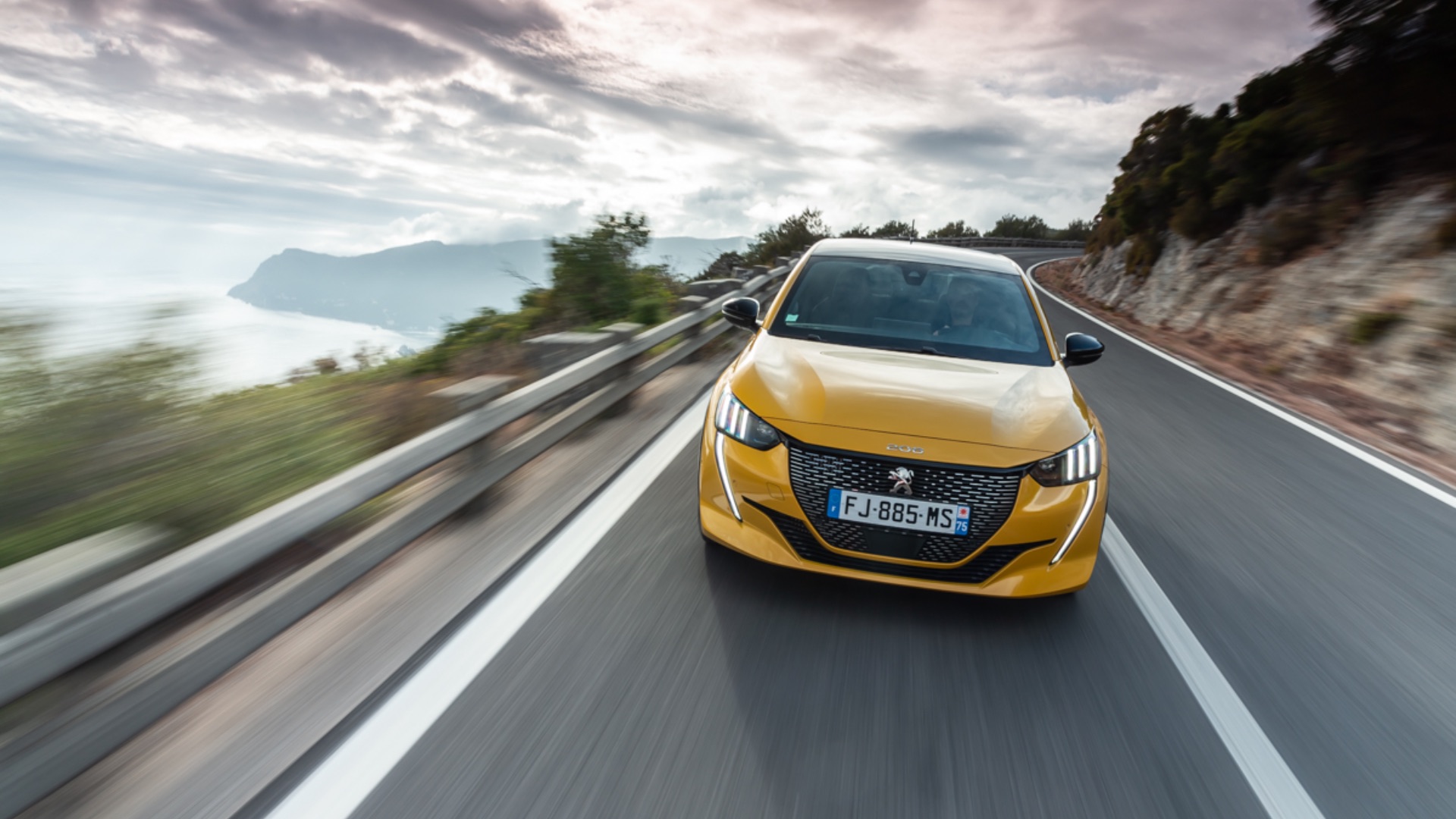
Within a few miles, I’ve fallen for it. The entry-level engine is gutless at first, but eager to rev. The five-ratio gearbox has a snappier shift than the six-speeder. And the ride on smaller 16-inch wheels is more absorbent. It even comes with a proper handbrake, instead of an electric one. Frankly, it feels like all the 208 you’re likely to need.
The copy-and-paste conclusion for most supermini reviews is: ‘less fun than a Fiesta, not as posh as a Polo’. Well, the 208 isn’t as fun as the bestselling Ford, but it does feel as upmarket as the Volkswagen – with a bonus dose of French flair. It also looks much cooler than the new Corsa. If the design seduces you, there is probably a 208 to suit, be it petrol, diesel or EV, so it’s certainly a car worth considering. Now Mr Tavares, about that GTI…
2020 Peugeot 208 1.2 130 GT-Line: specification
Engine: 1.2-litre three-cylinder petrol
Transmission: Eight-speed automatic, front-wheel drive
Power: 130hp
0-62mph: 8.7 seconds
Top speed: 129mph
Fuel economy: 52.2mpg
CO2: 103g/km
Length/width/height: 4,055/1,960/1,430mm
Boot size: 311 litres
2020 Peugeot 208: example prices
1.2 PureTech petrol 75hp Active manual: £16,250
1.2 PureTech petrol 100hp Allure manual: £18,850
1.5 BlueHDi diesel 100hp Allure manual: £20,350
Electric 50 kWh Allure: £26,250
1.2 PureTech petrol 130hp GT-Line auto: £23,350
Electric 50 kWh GT: £29,650
